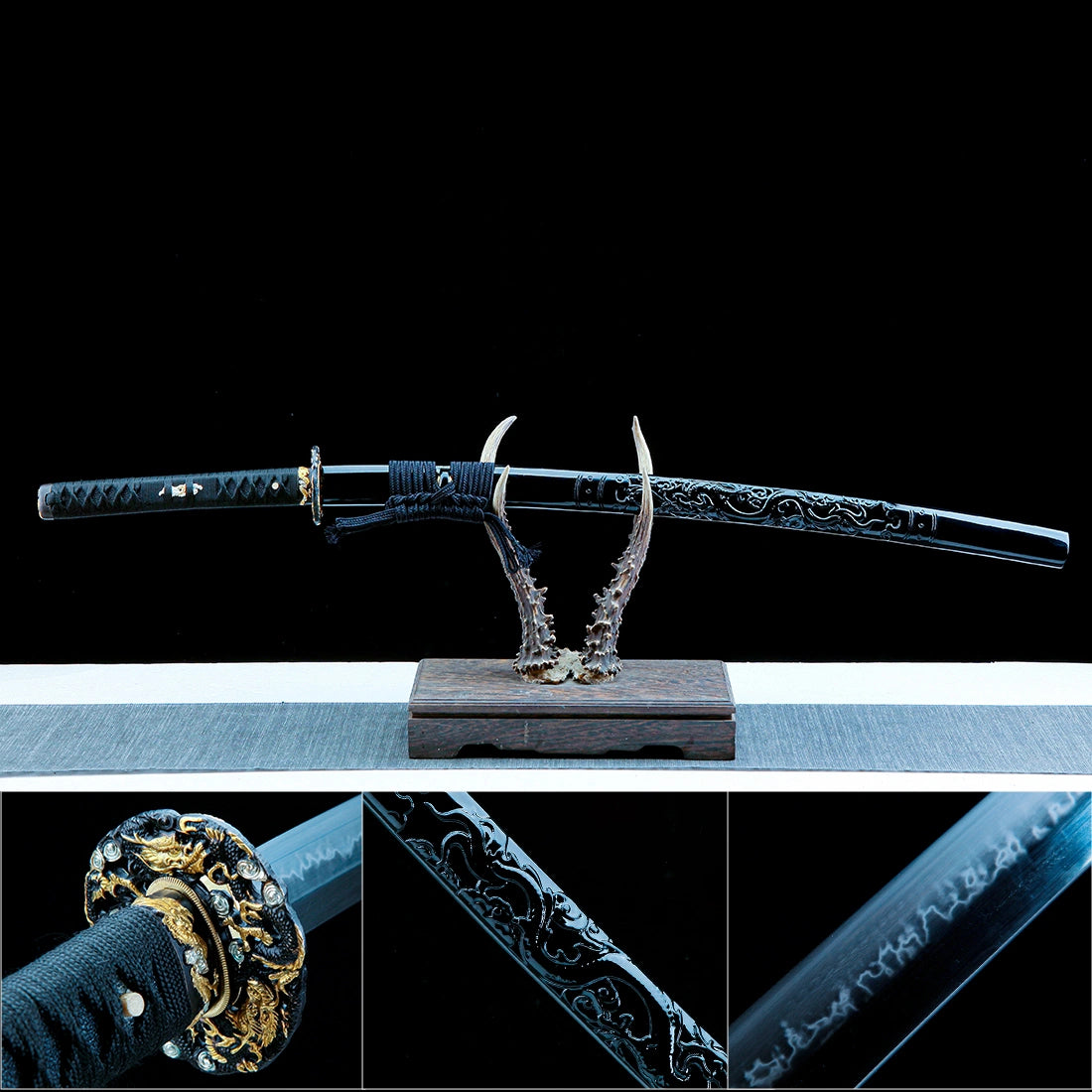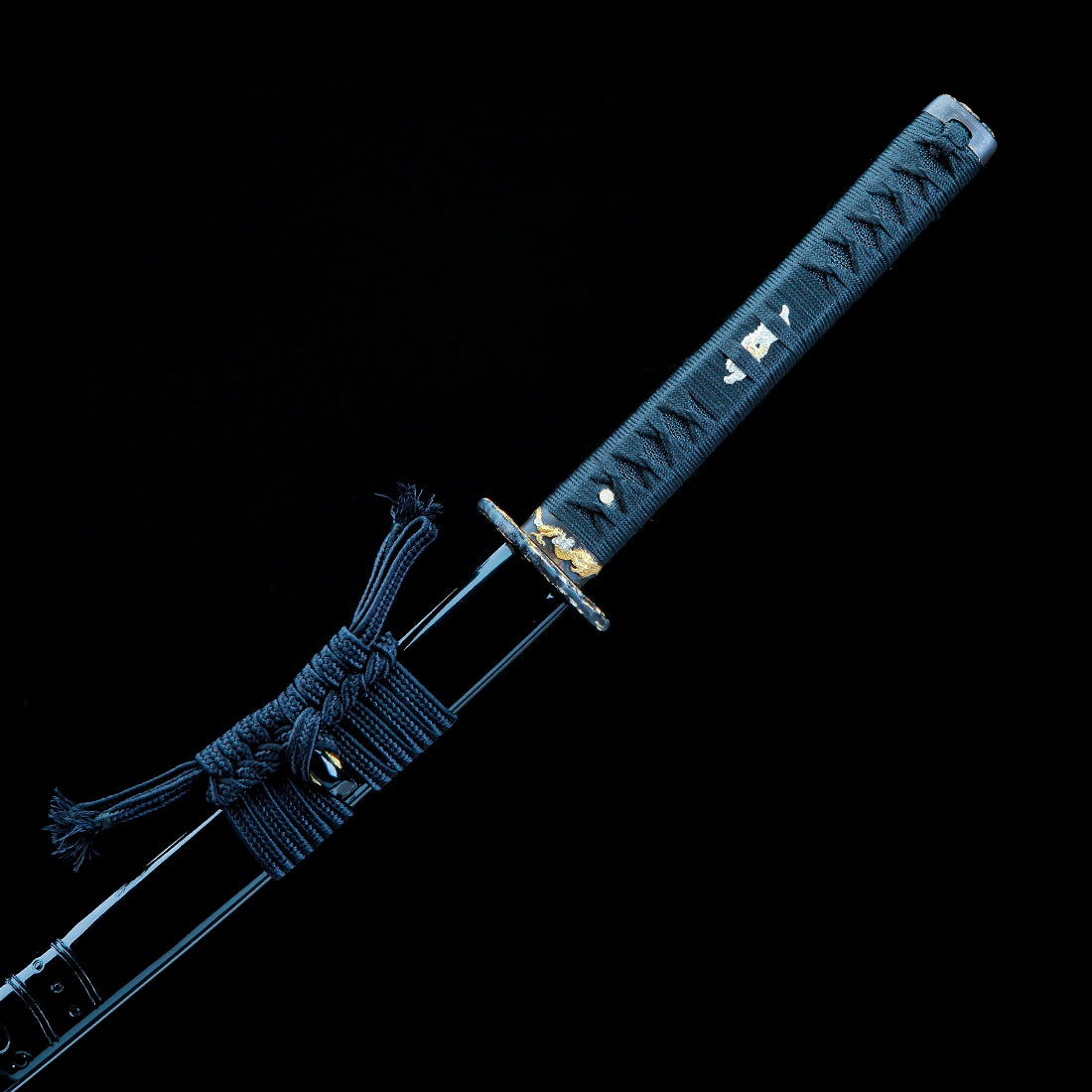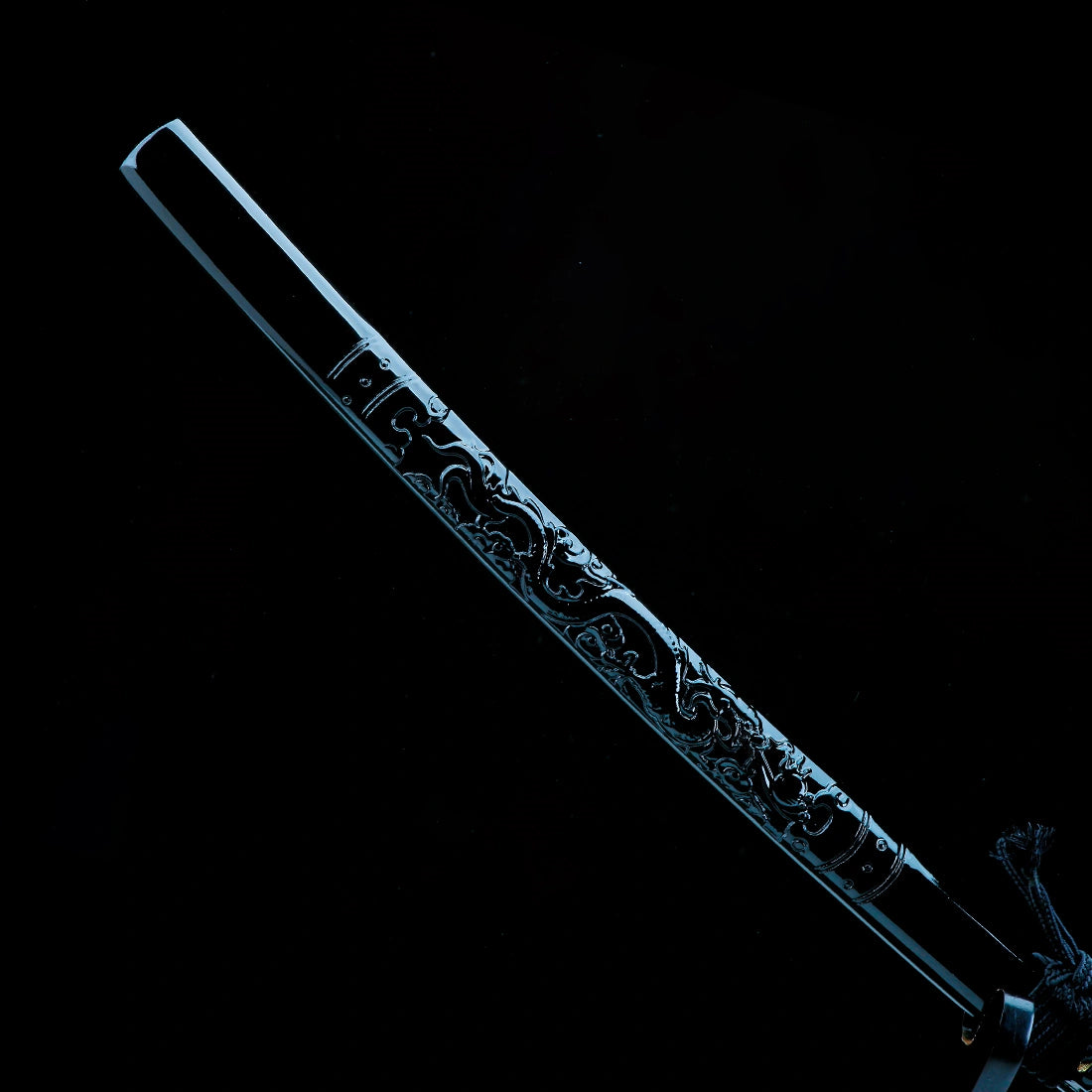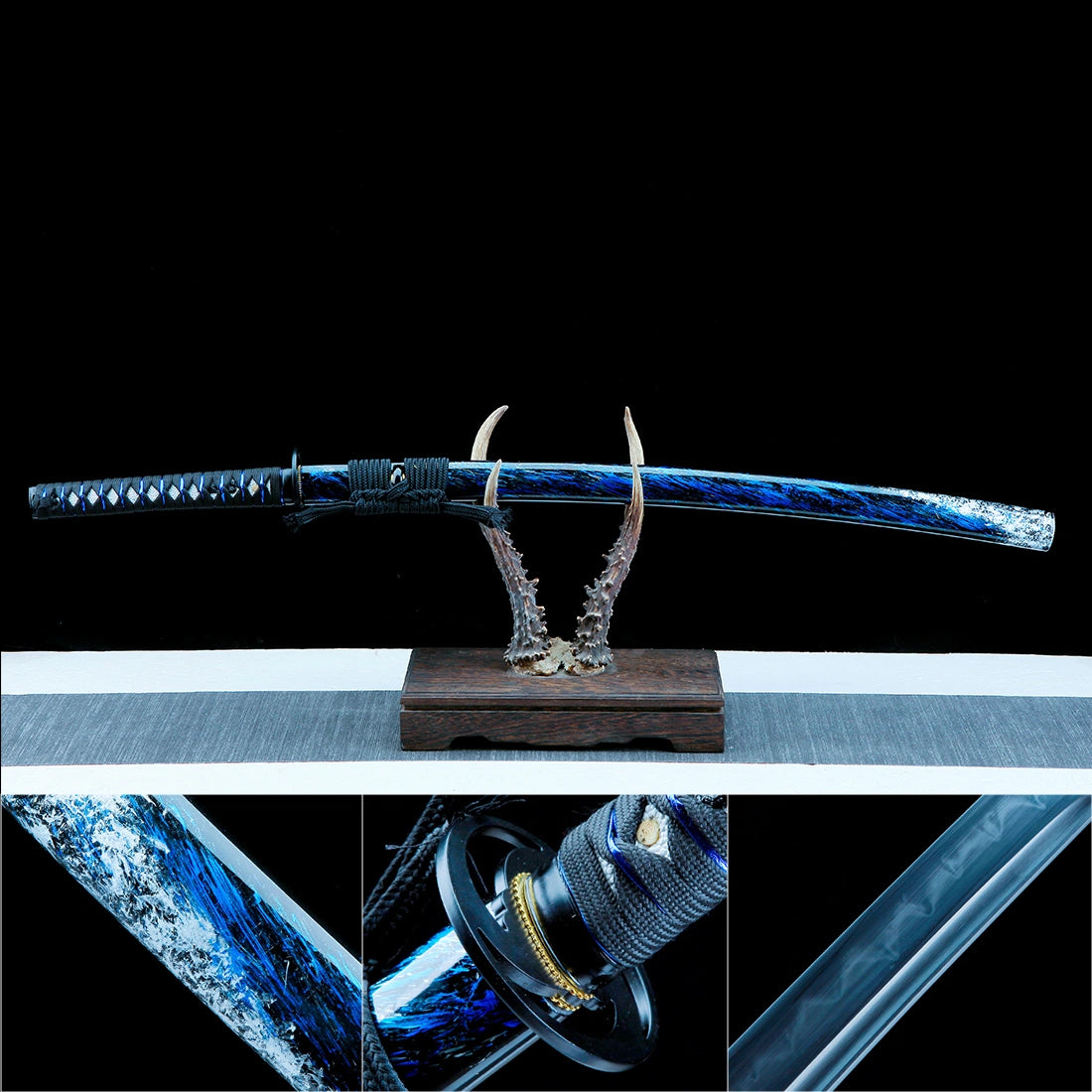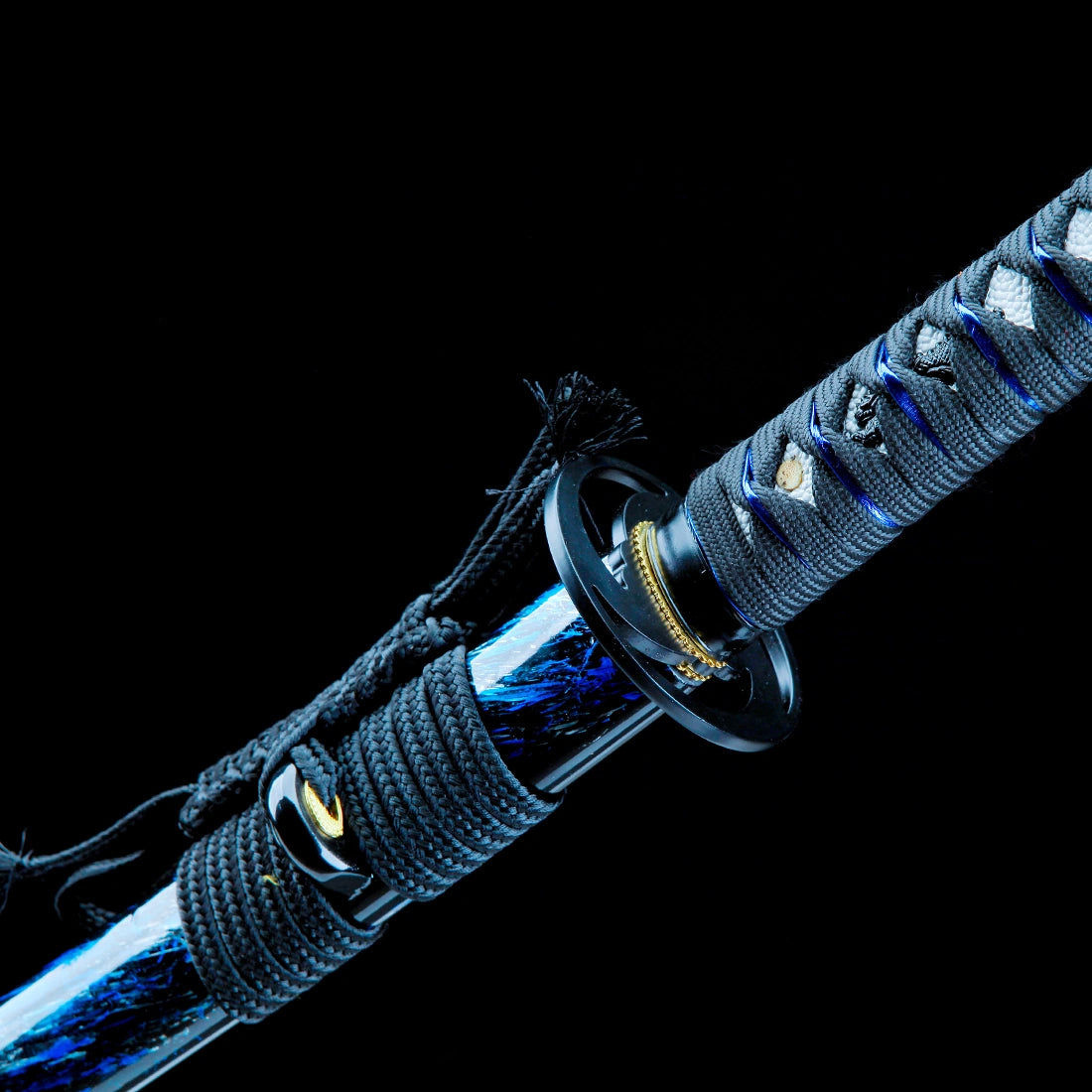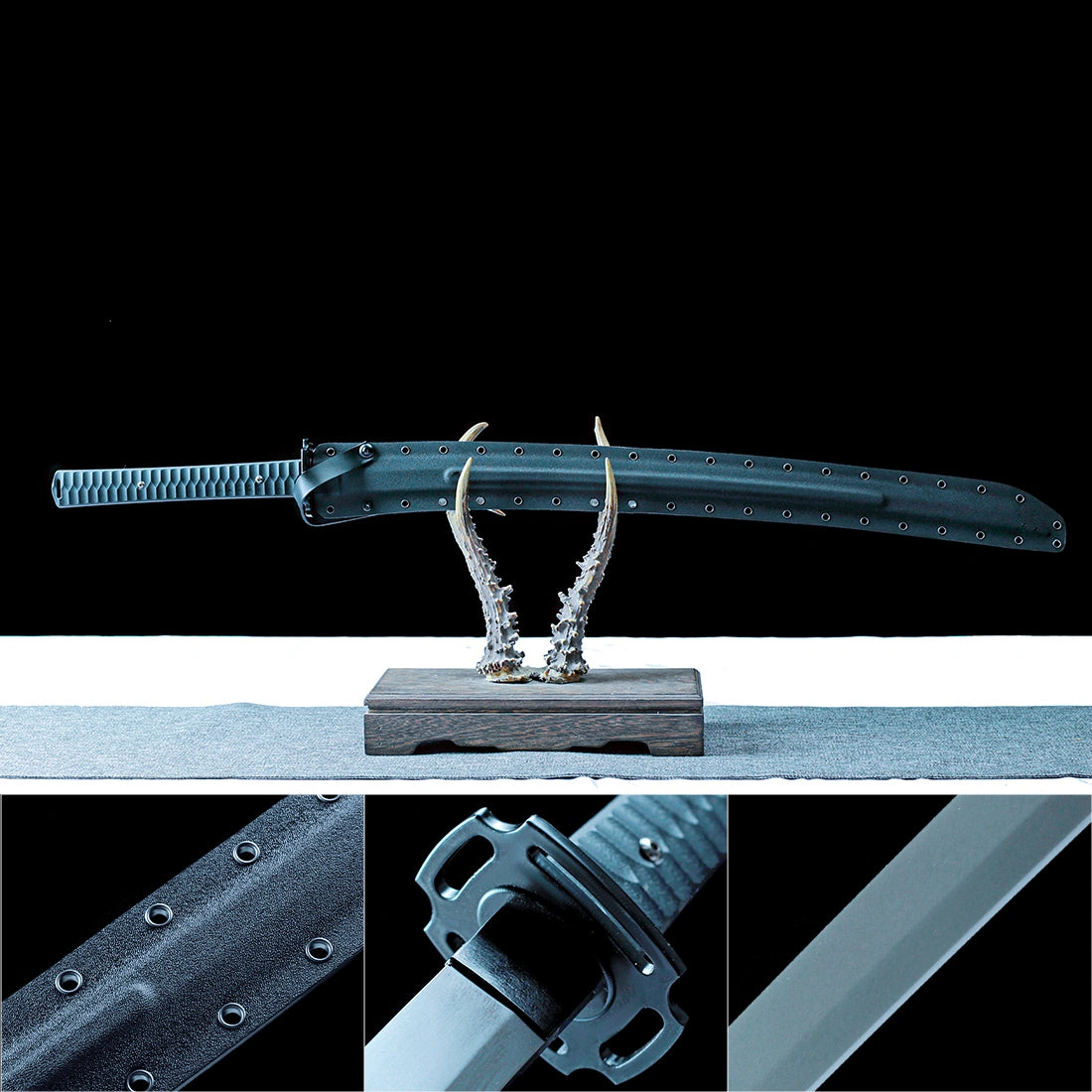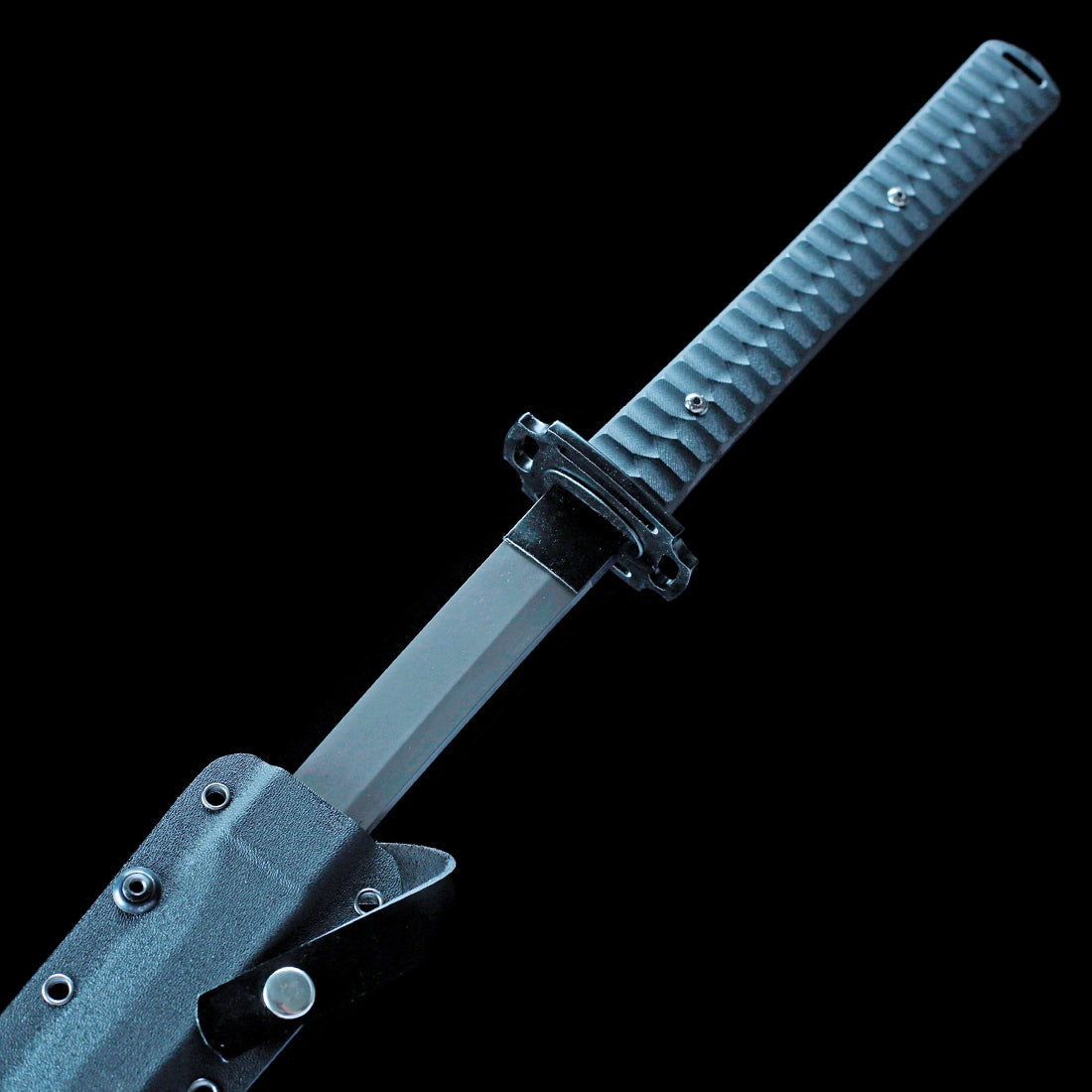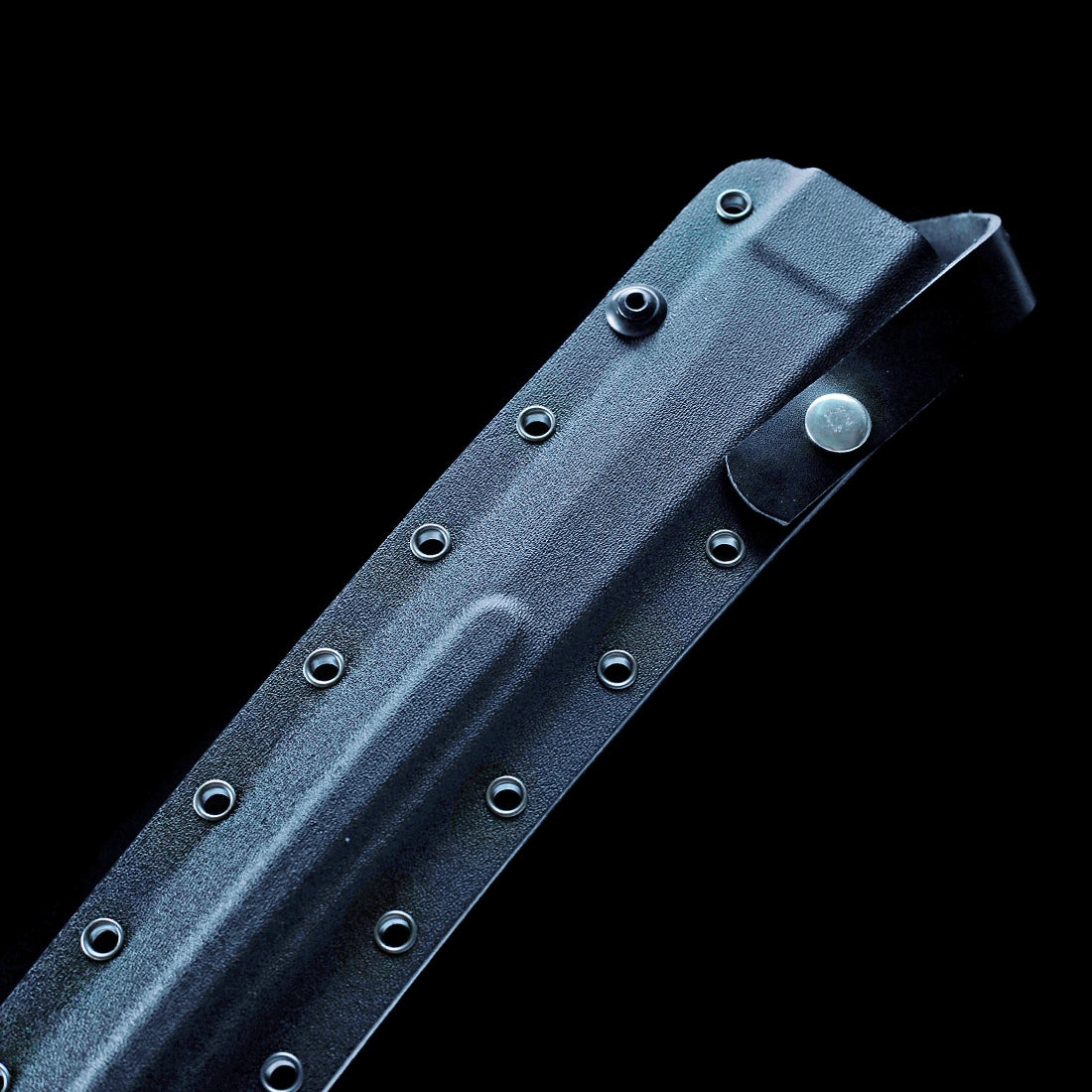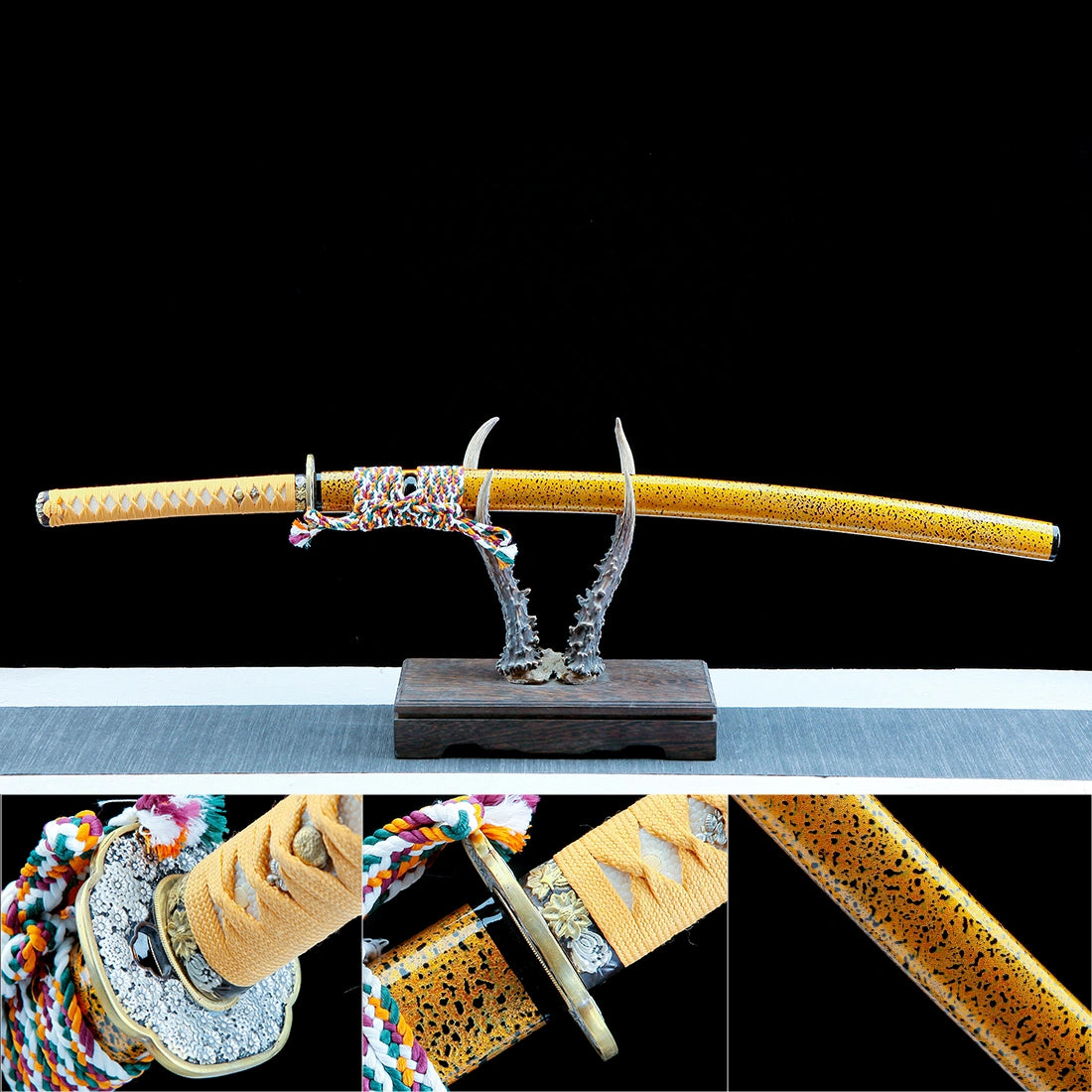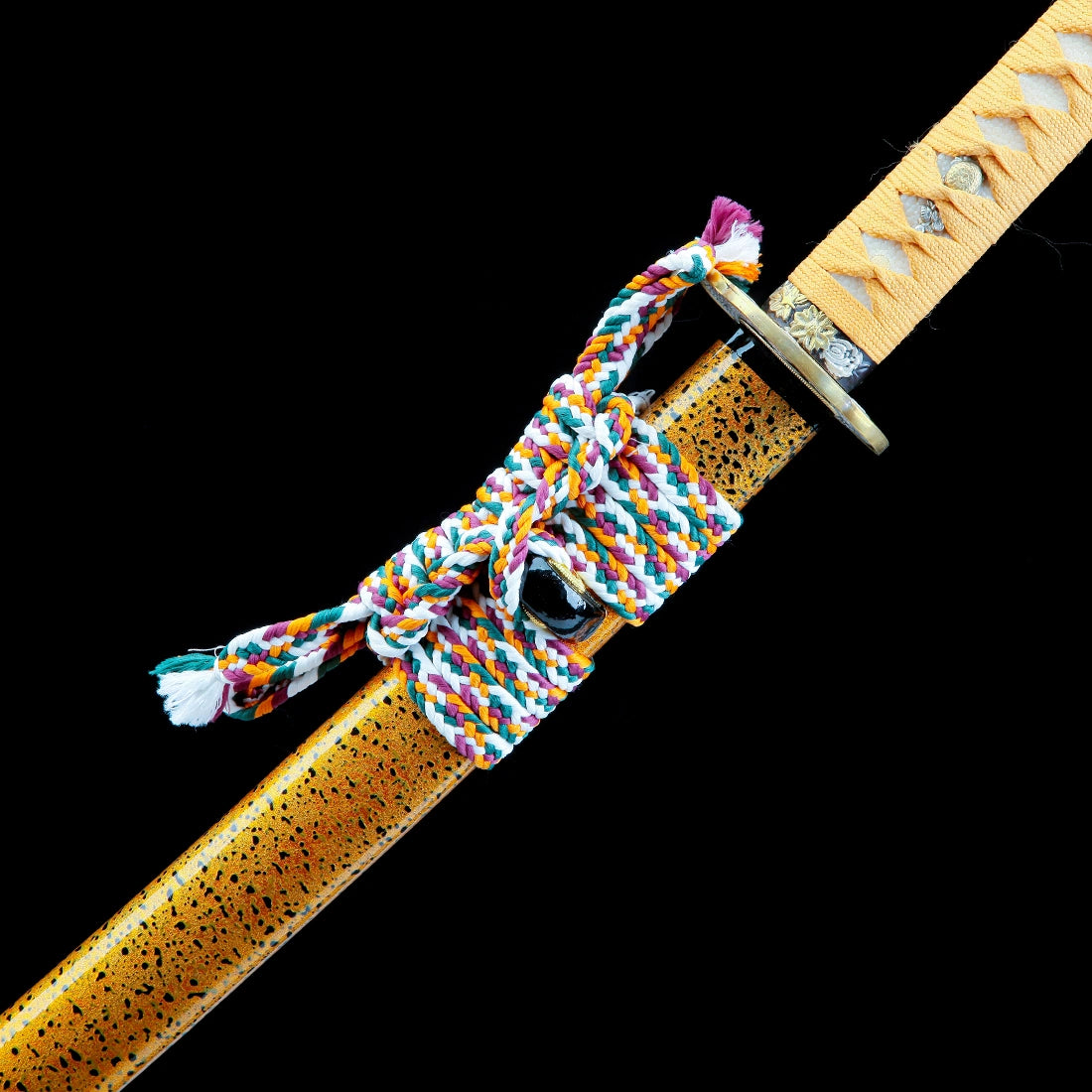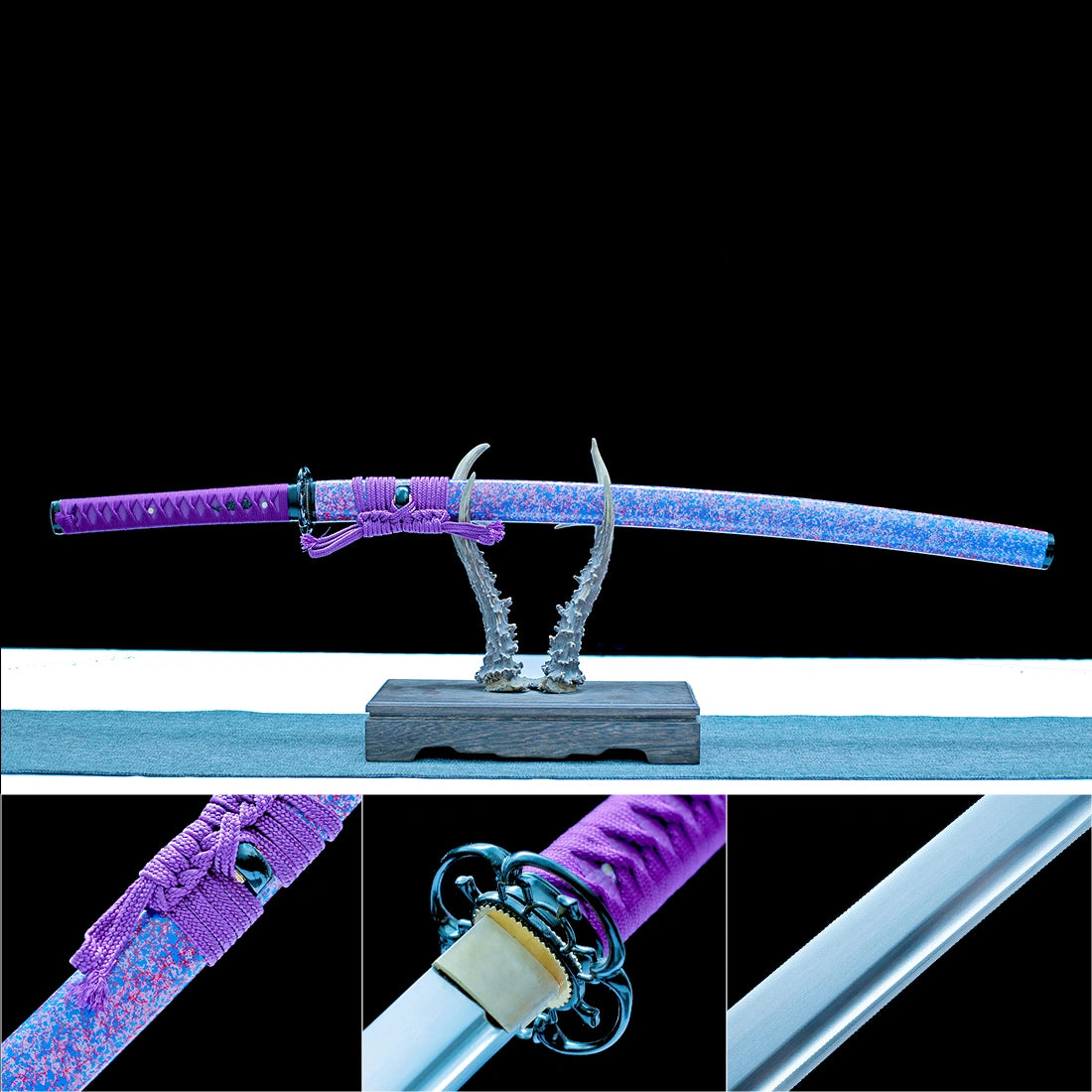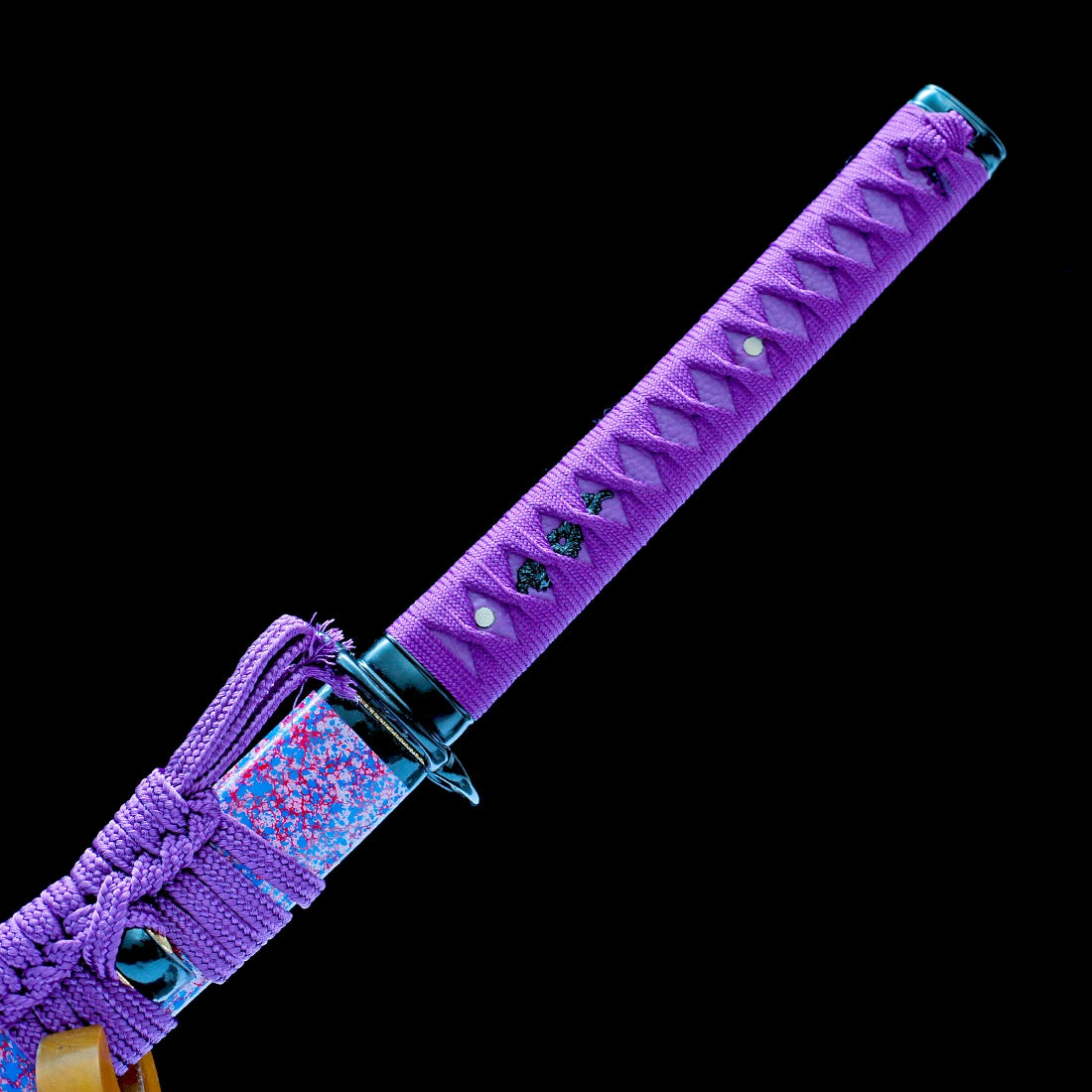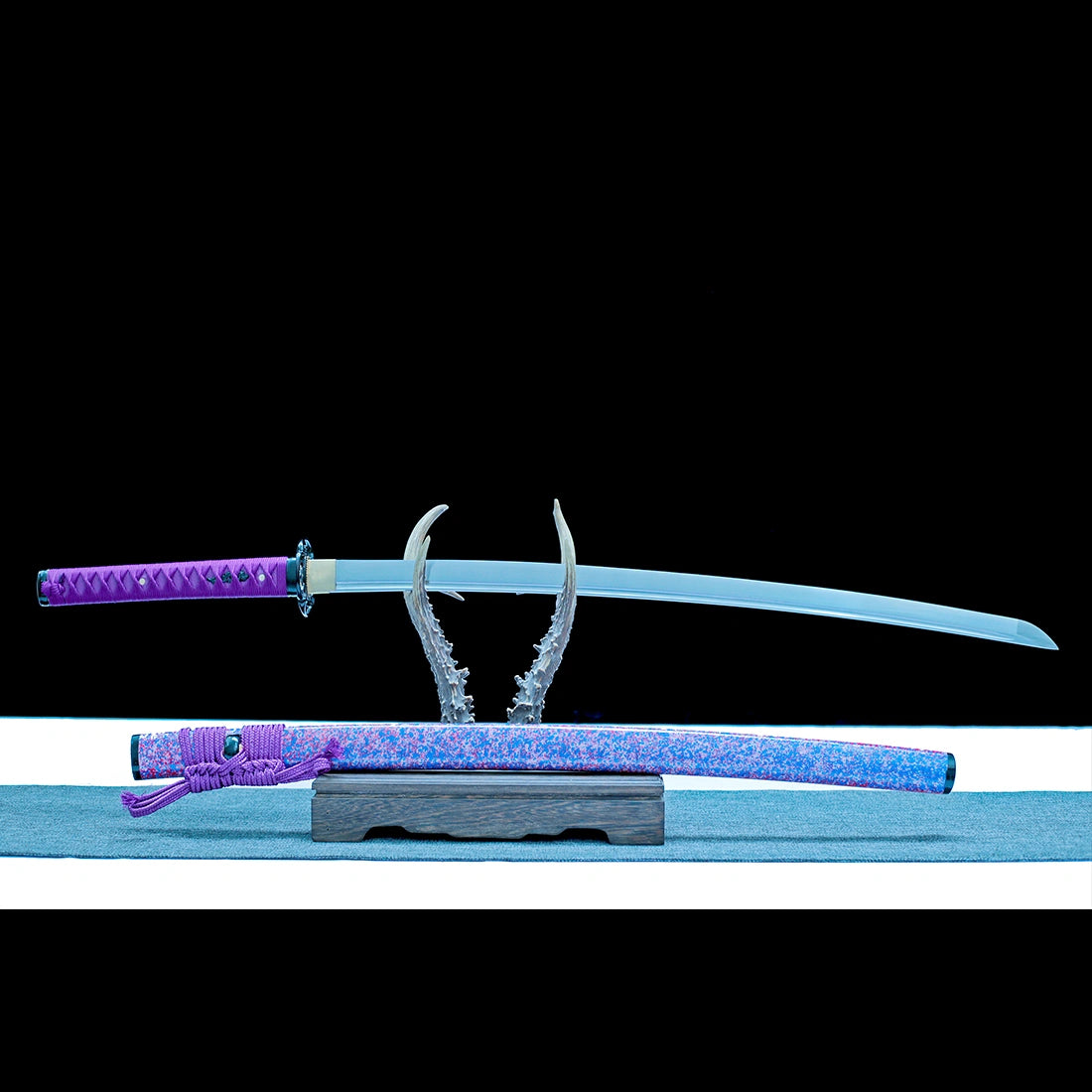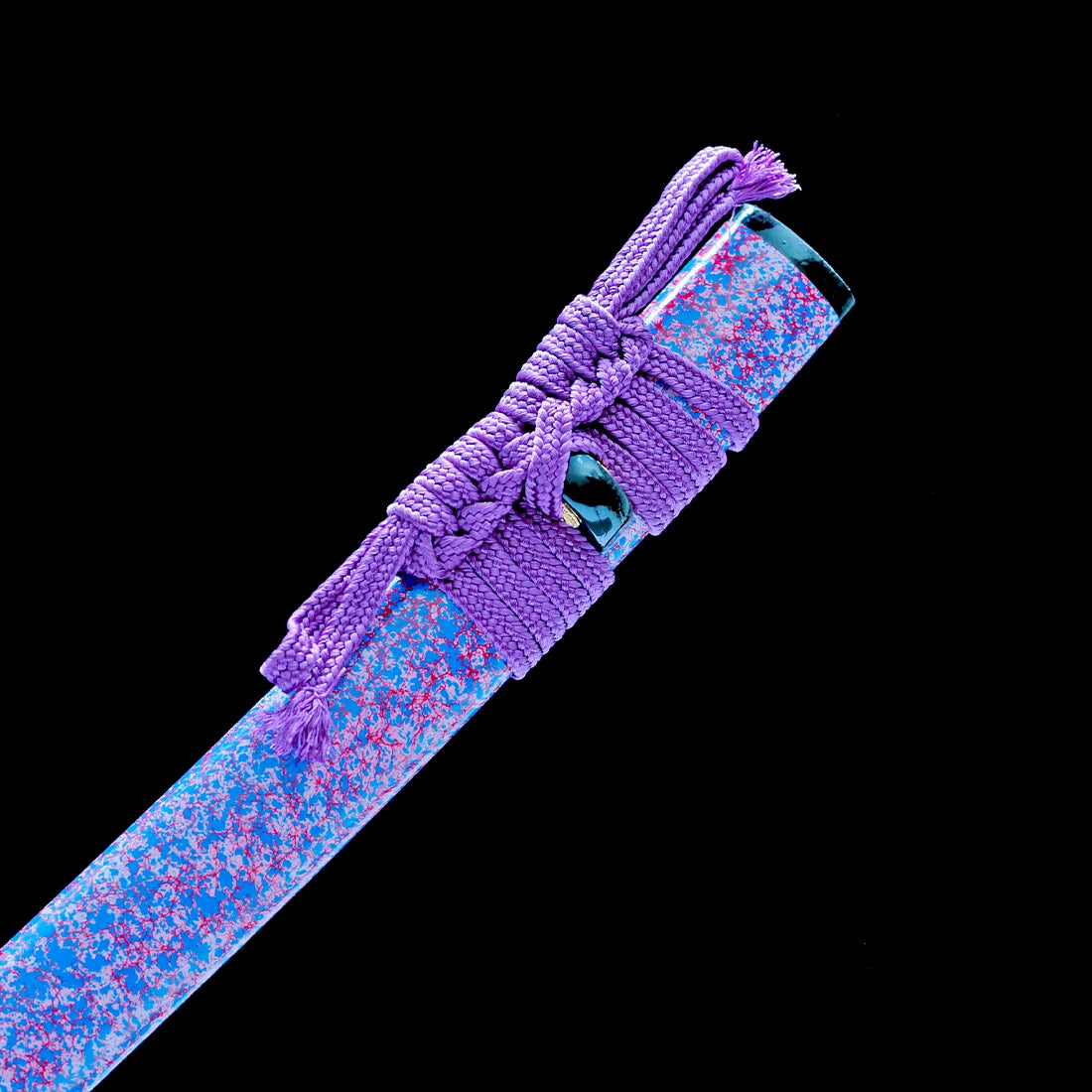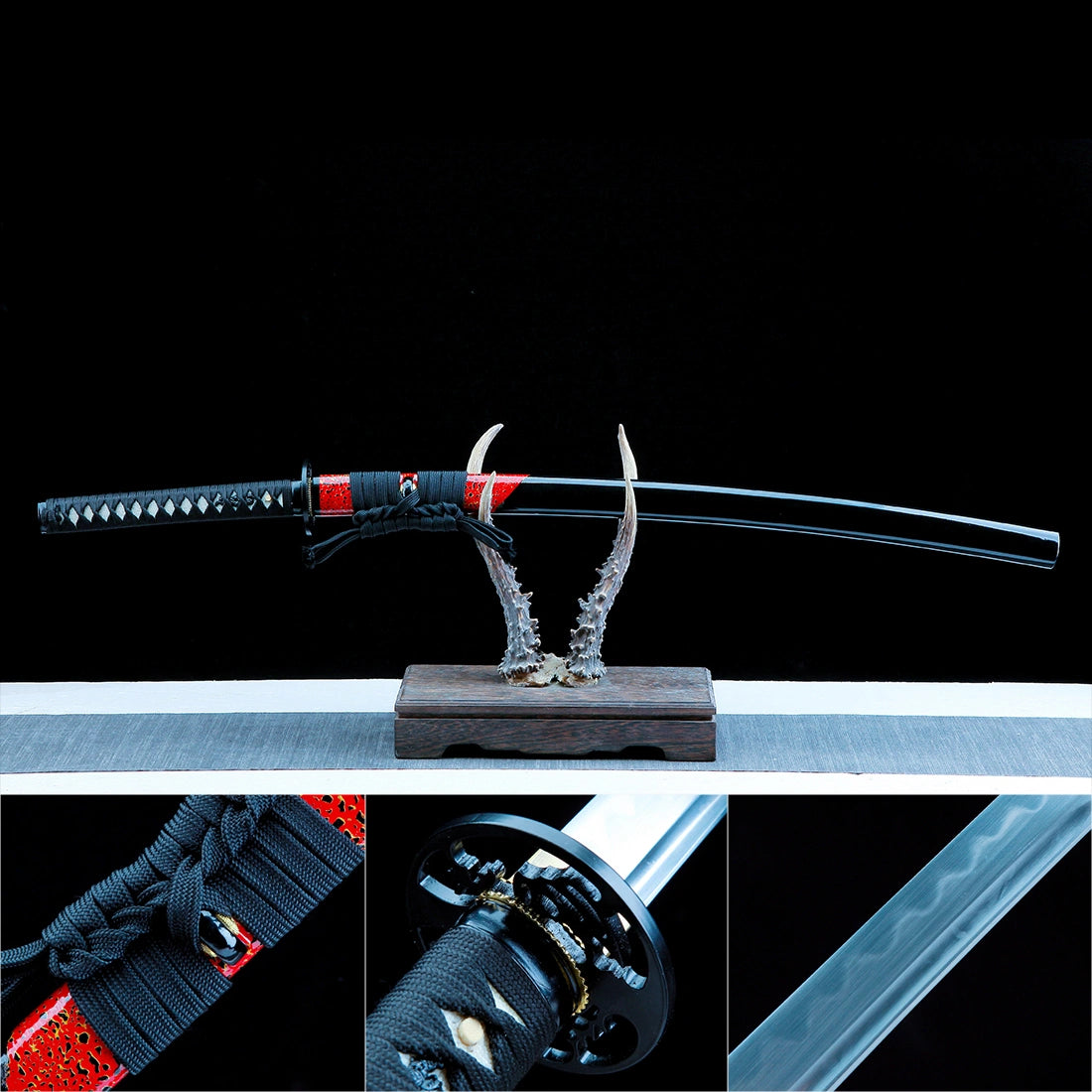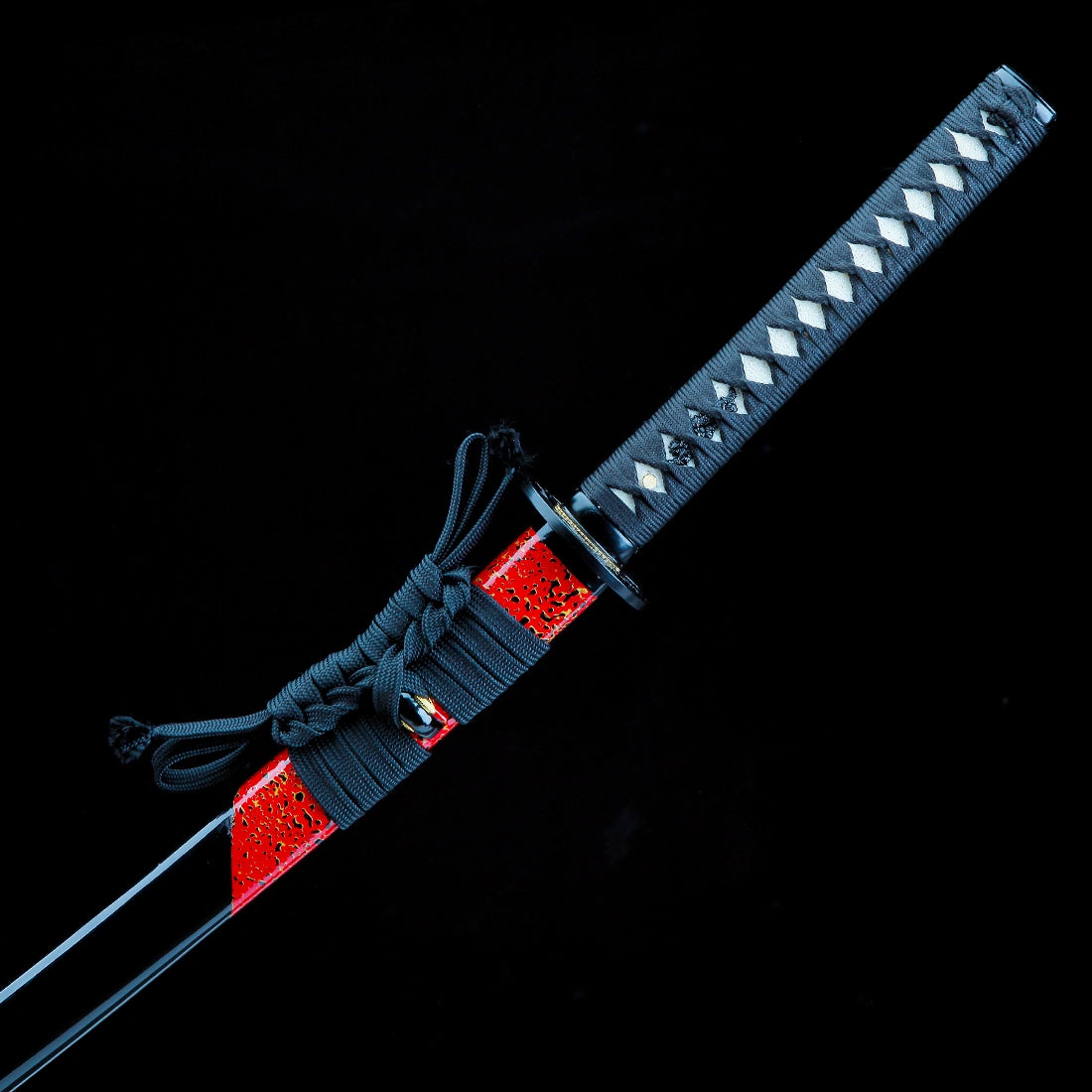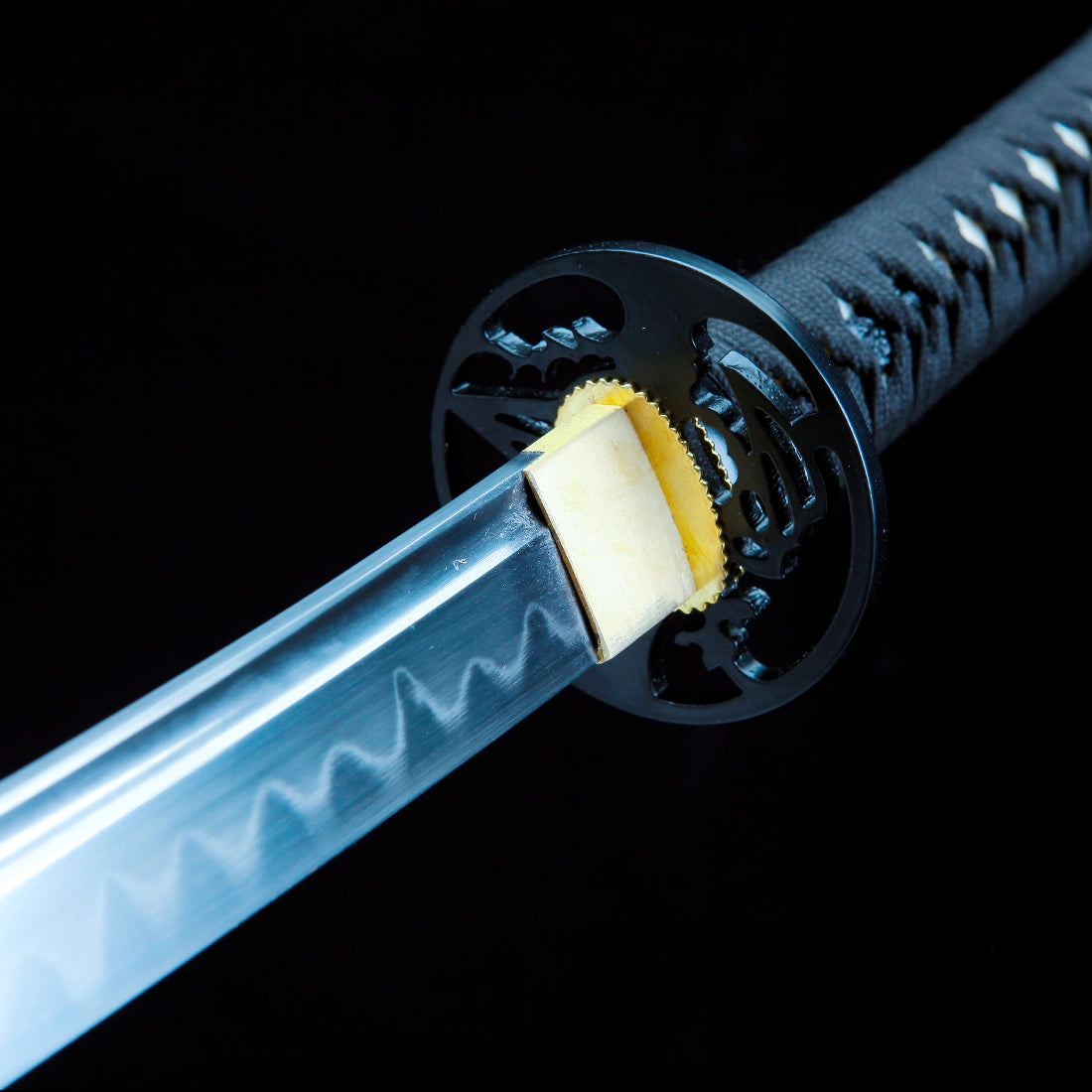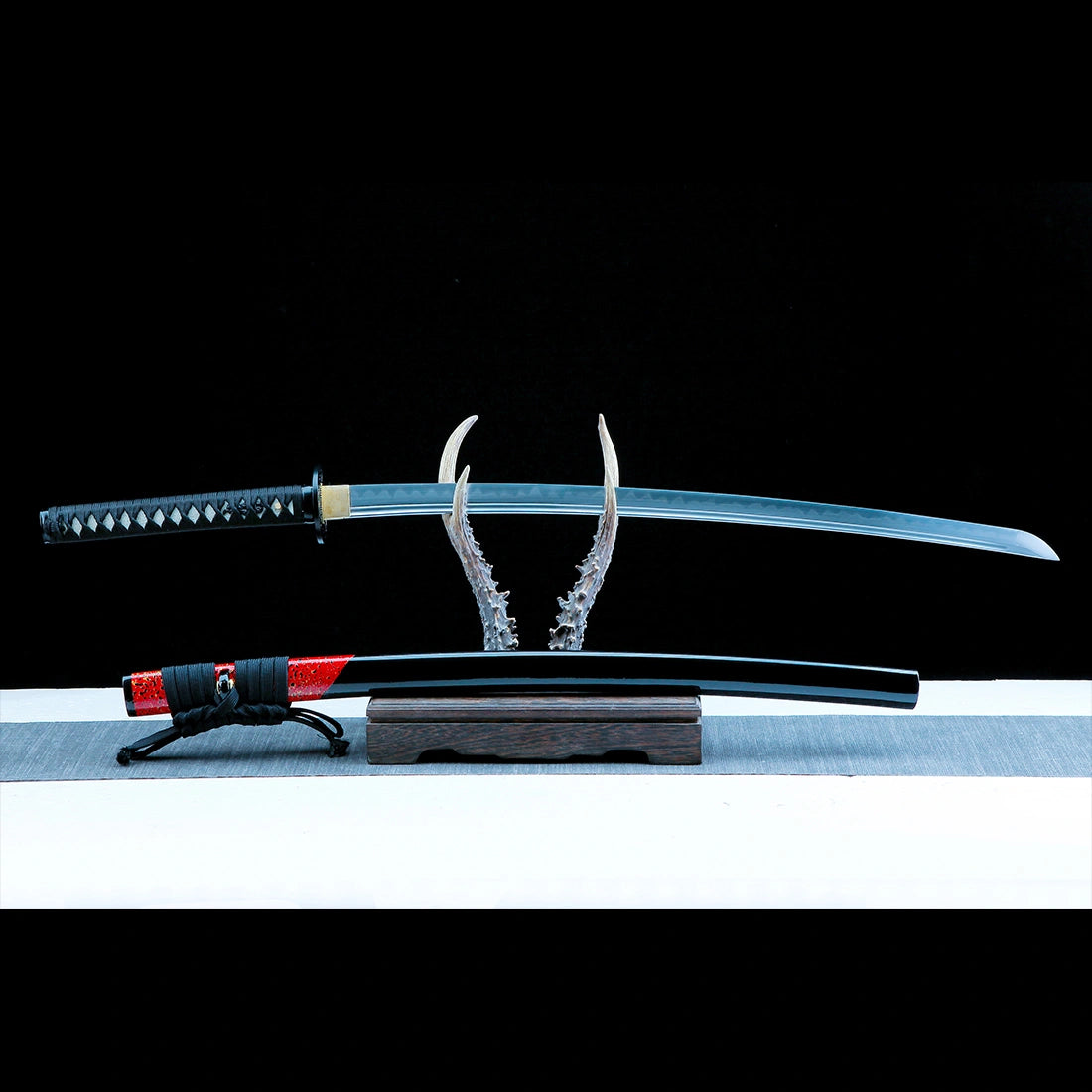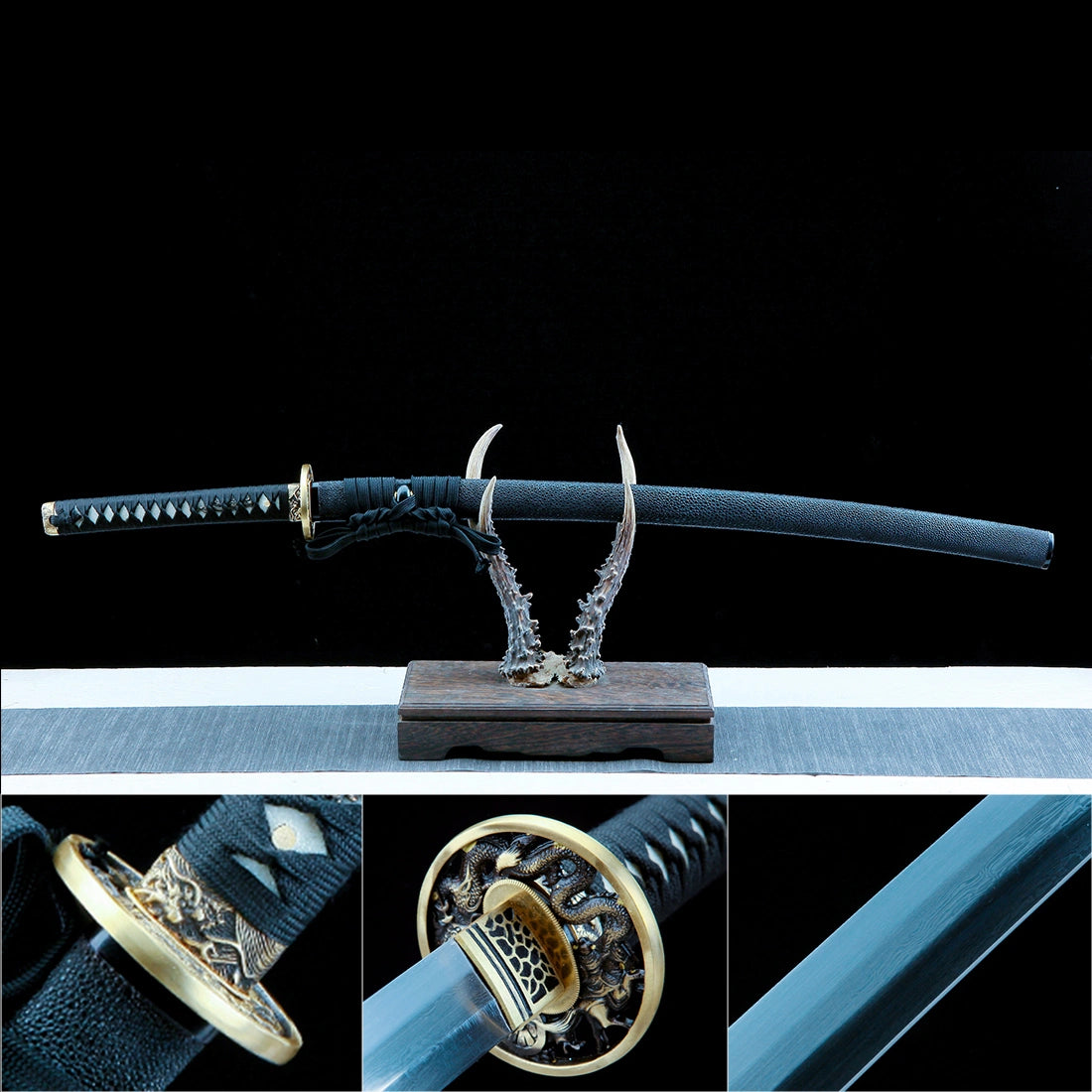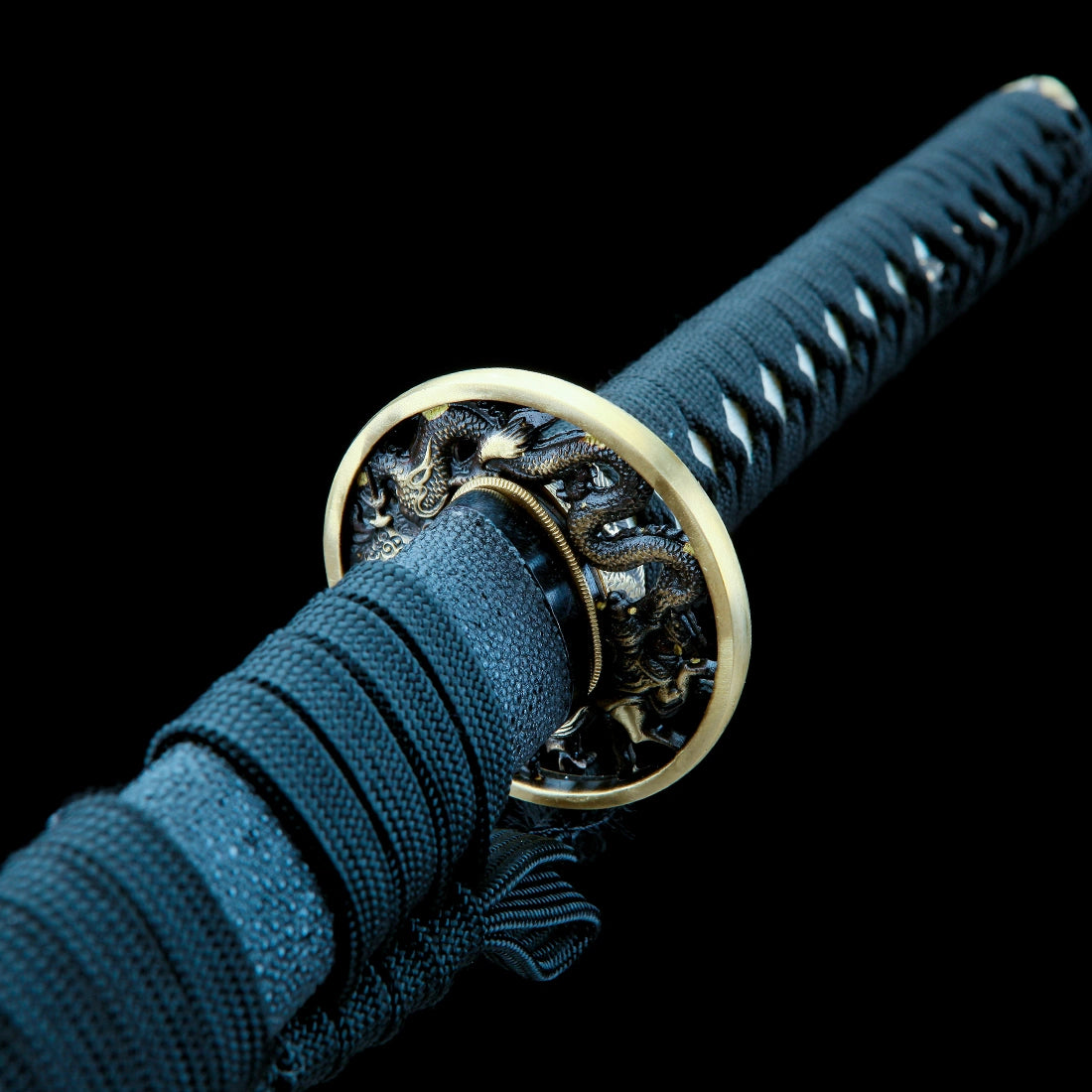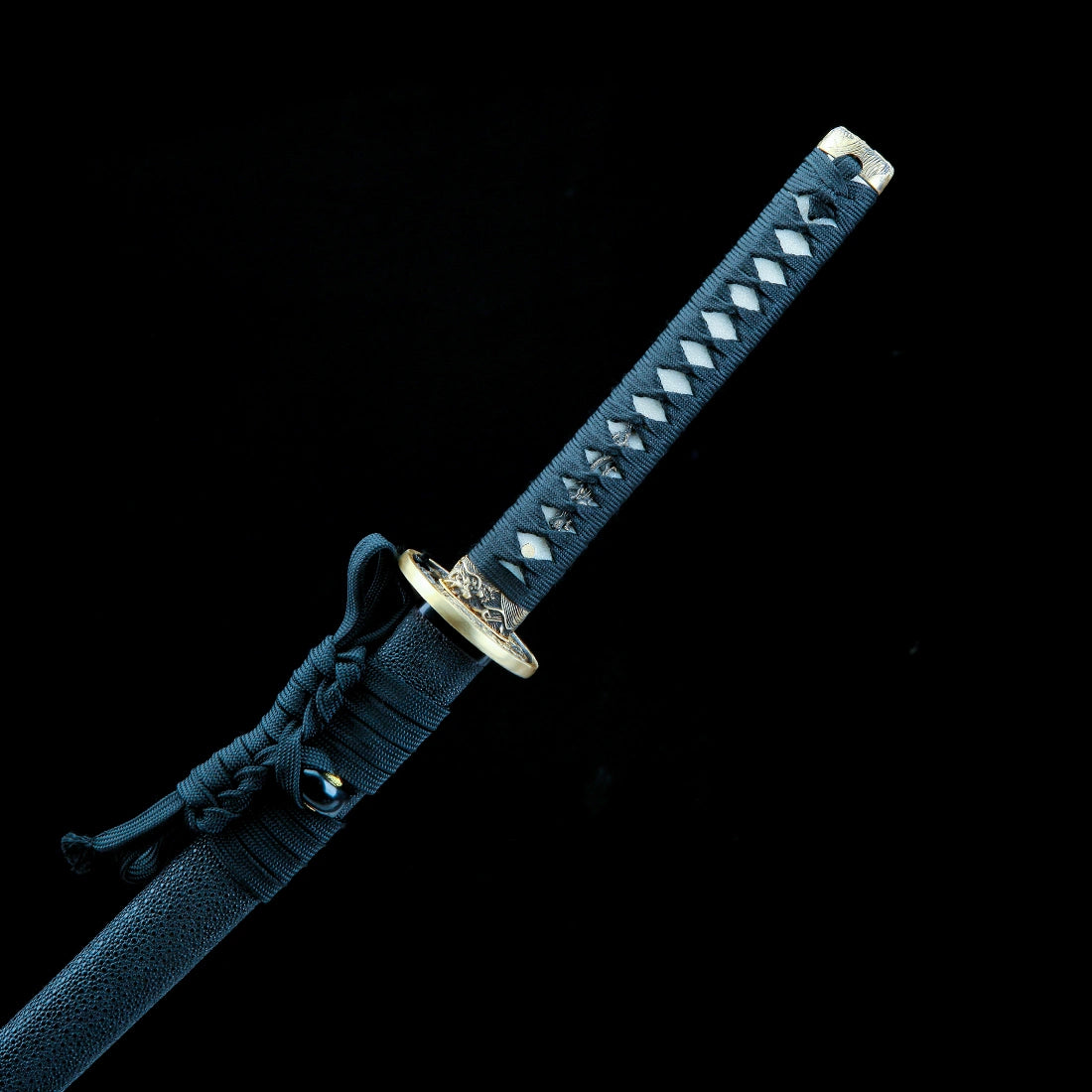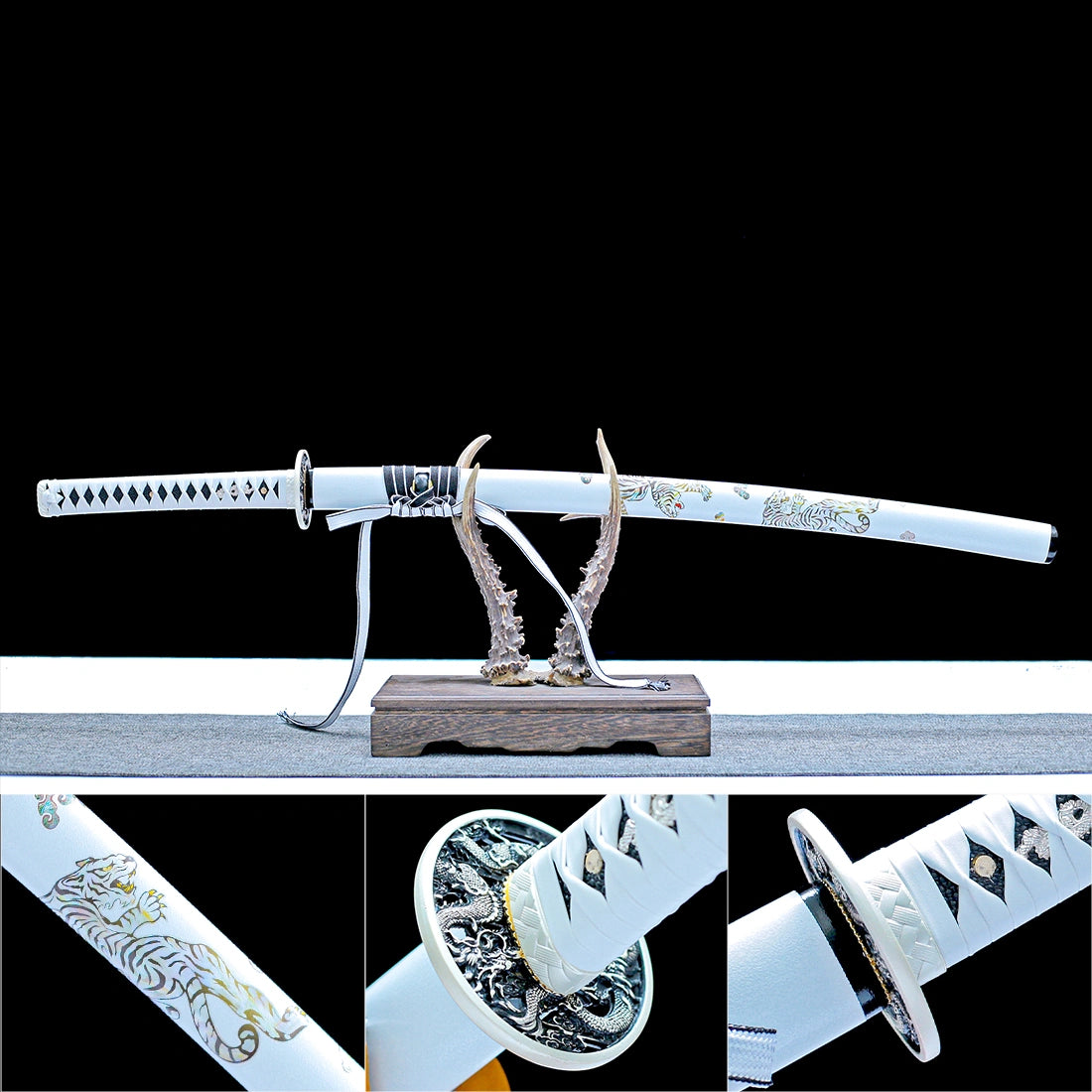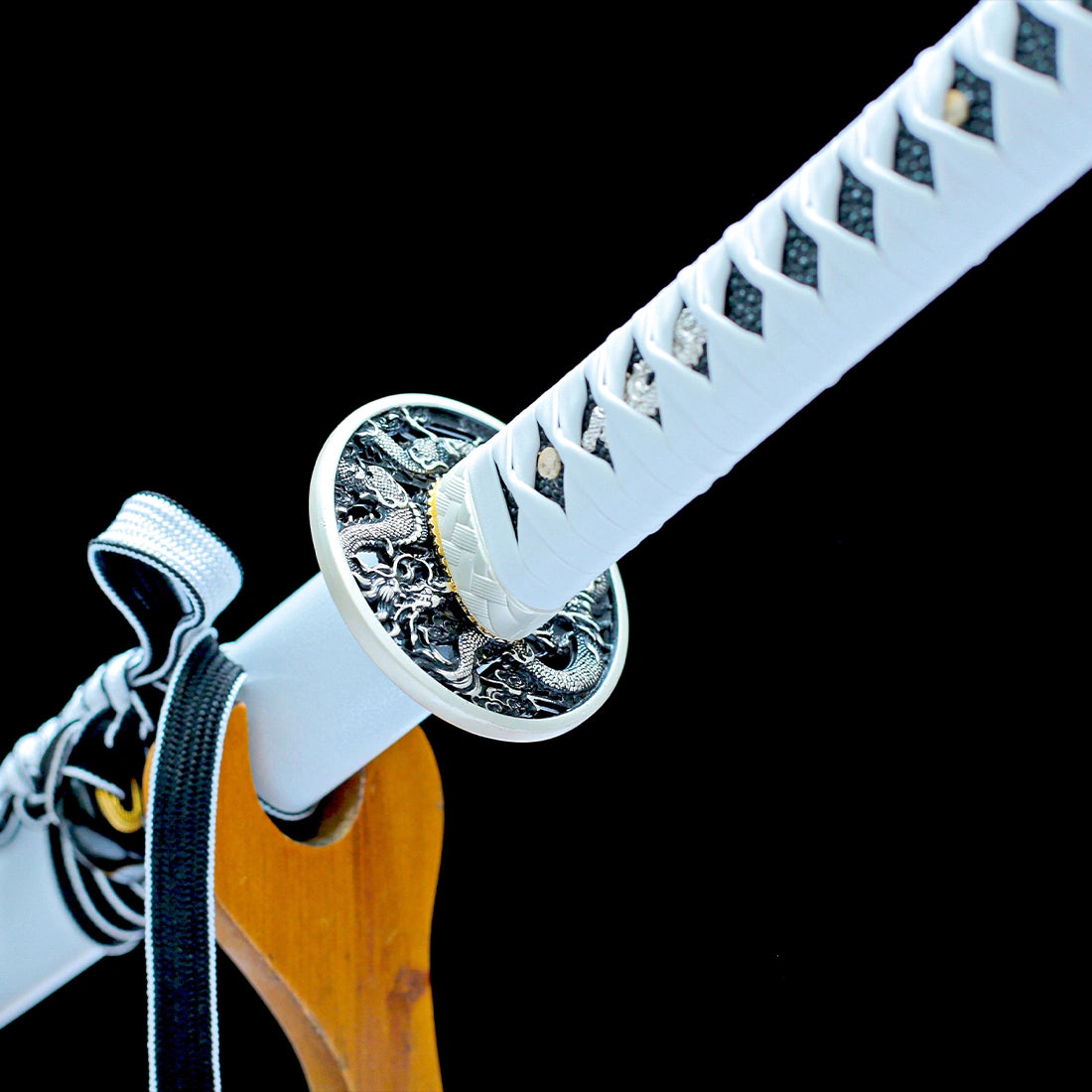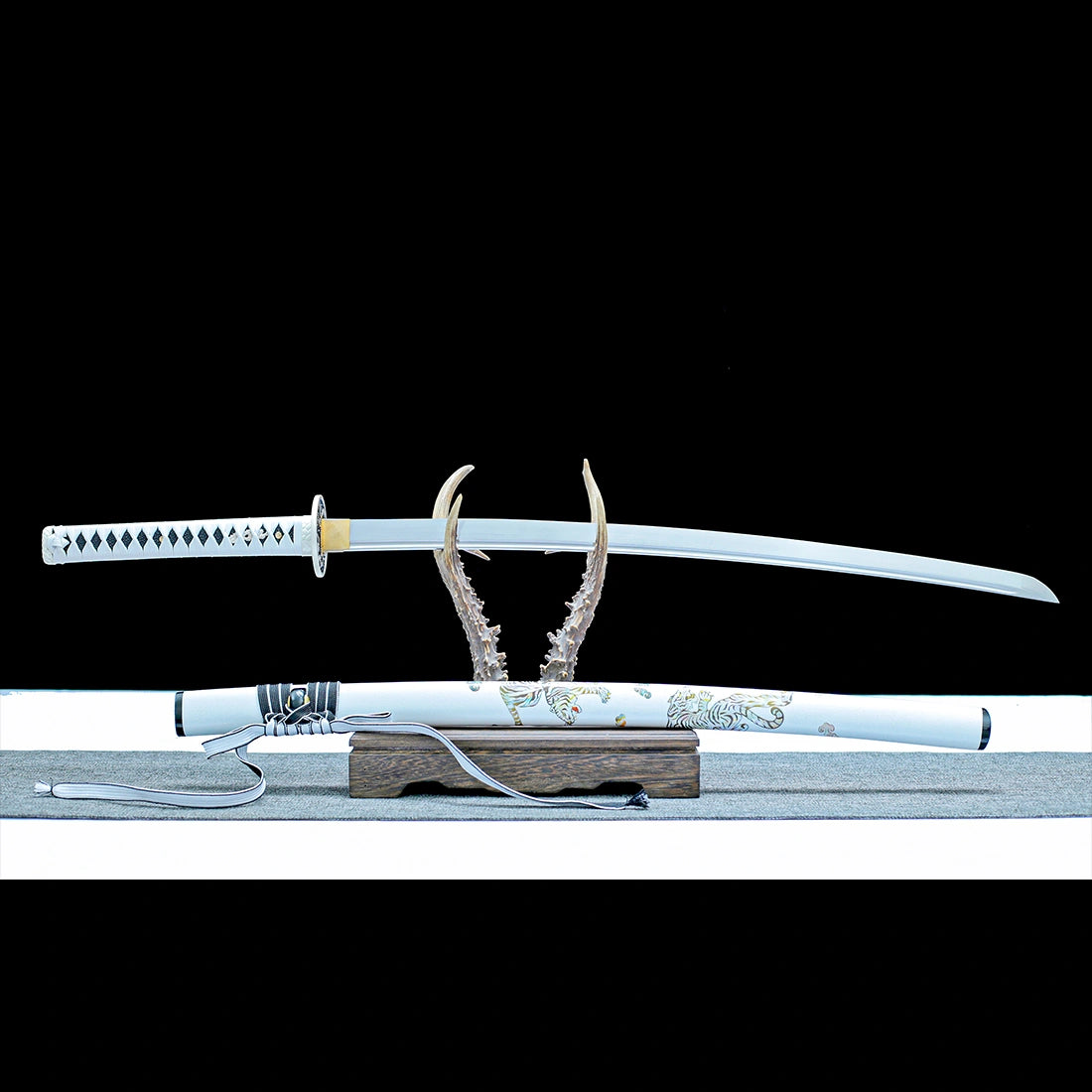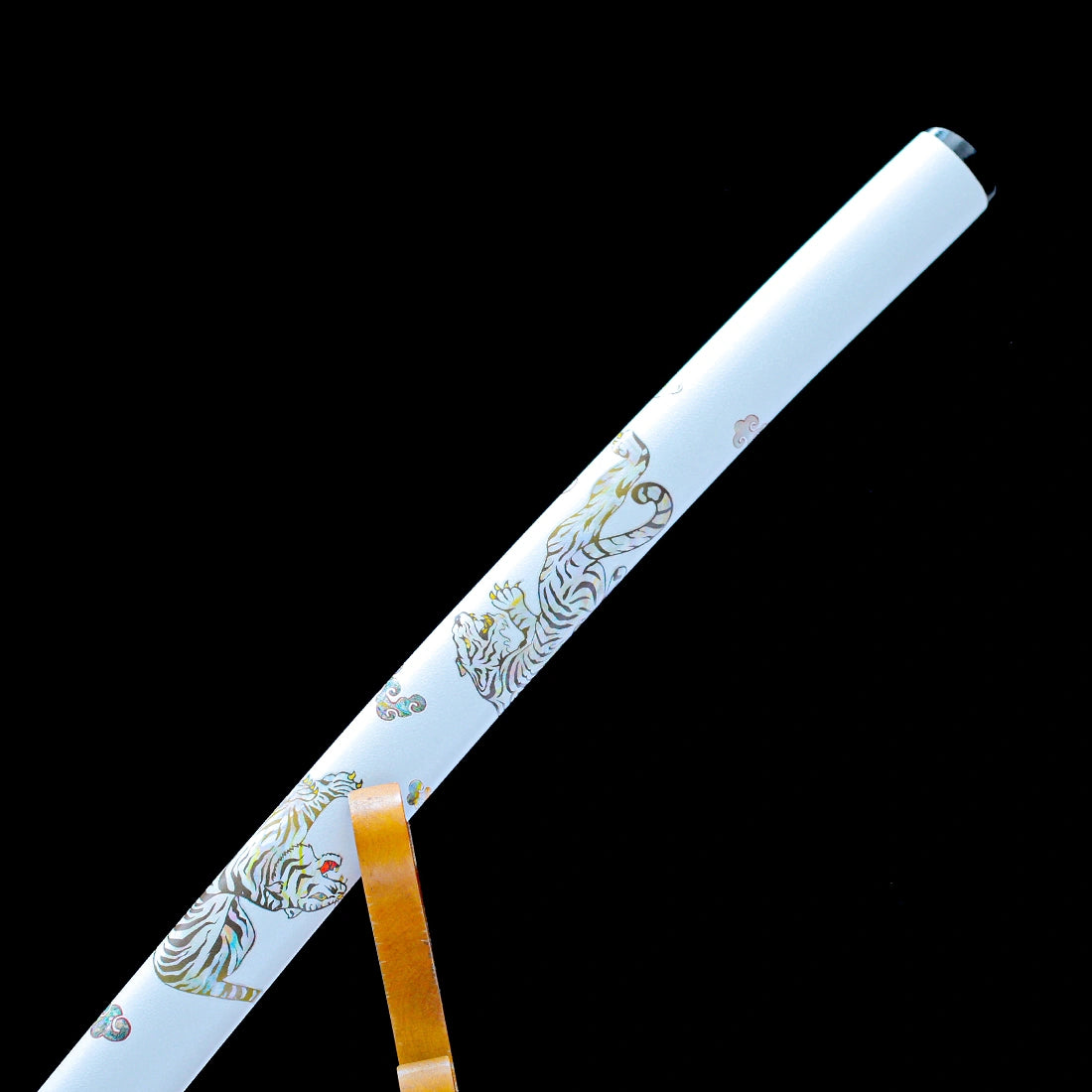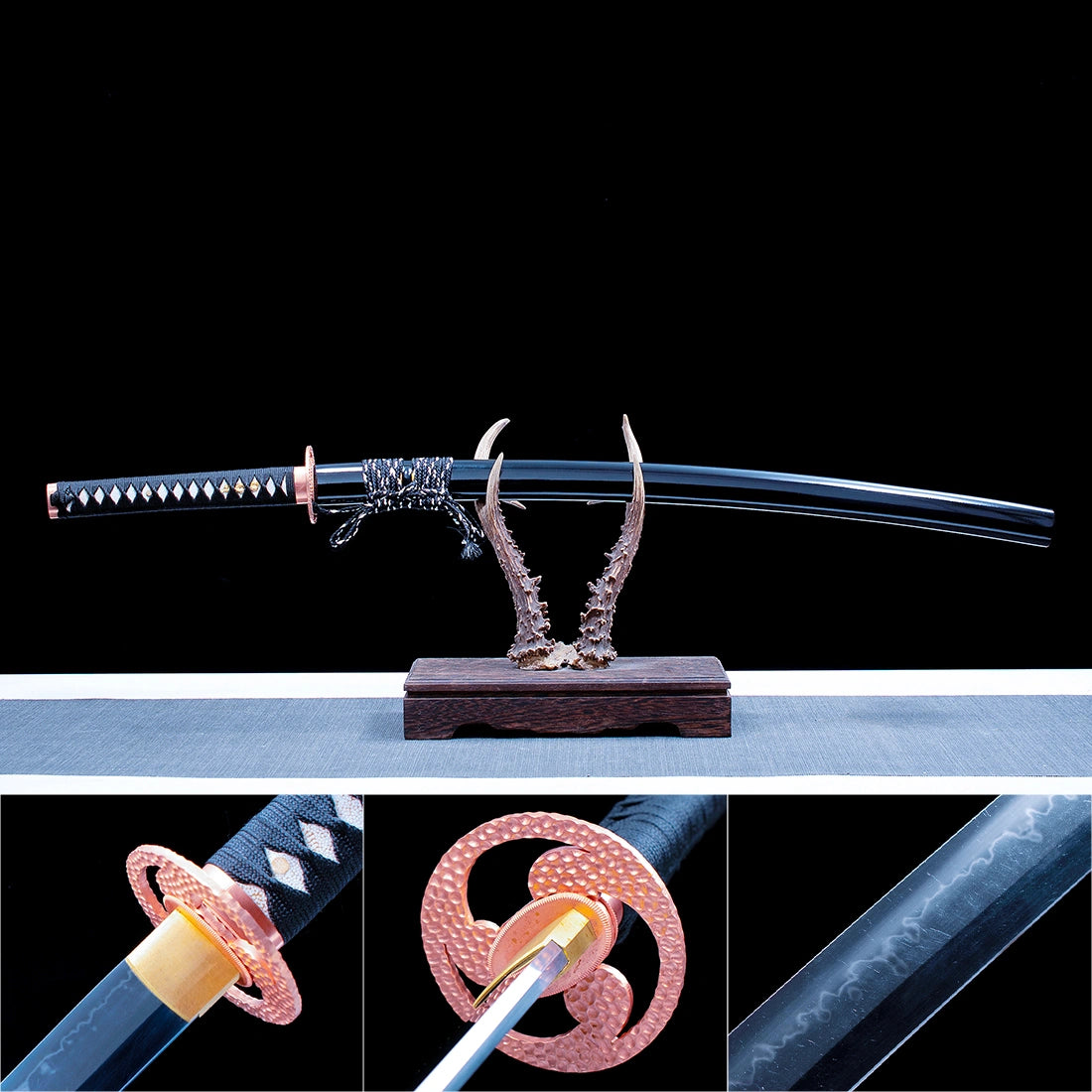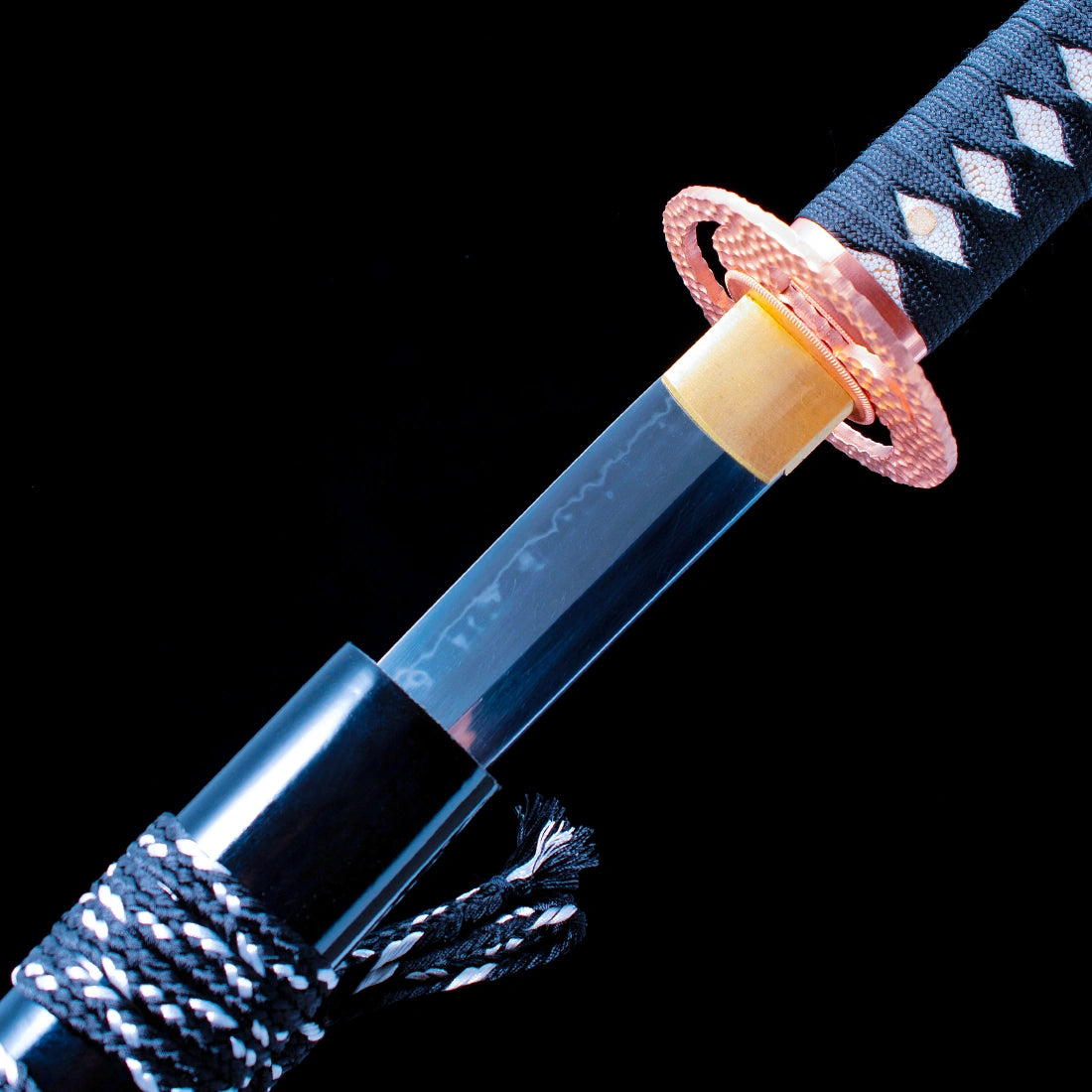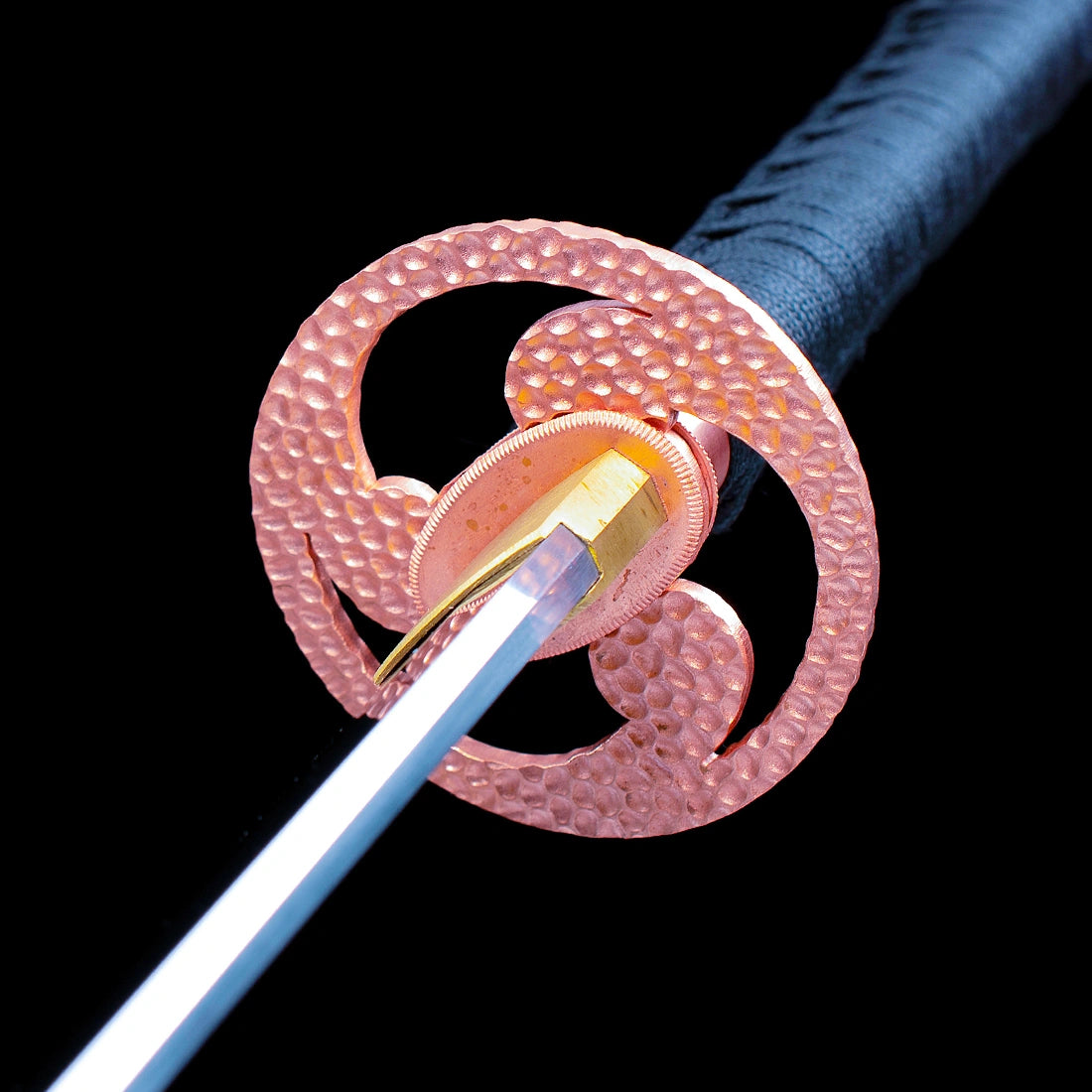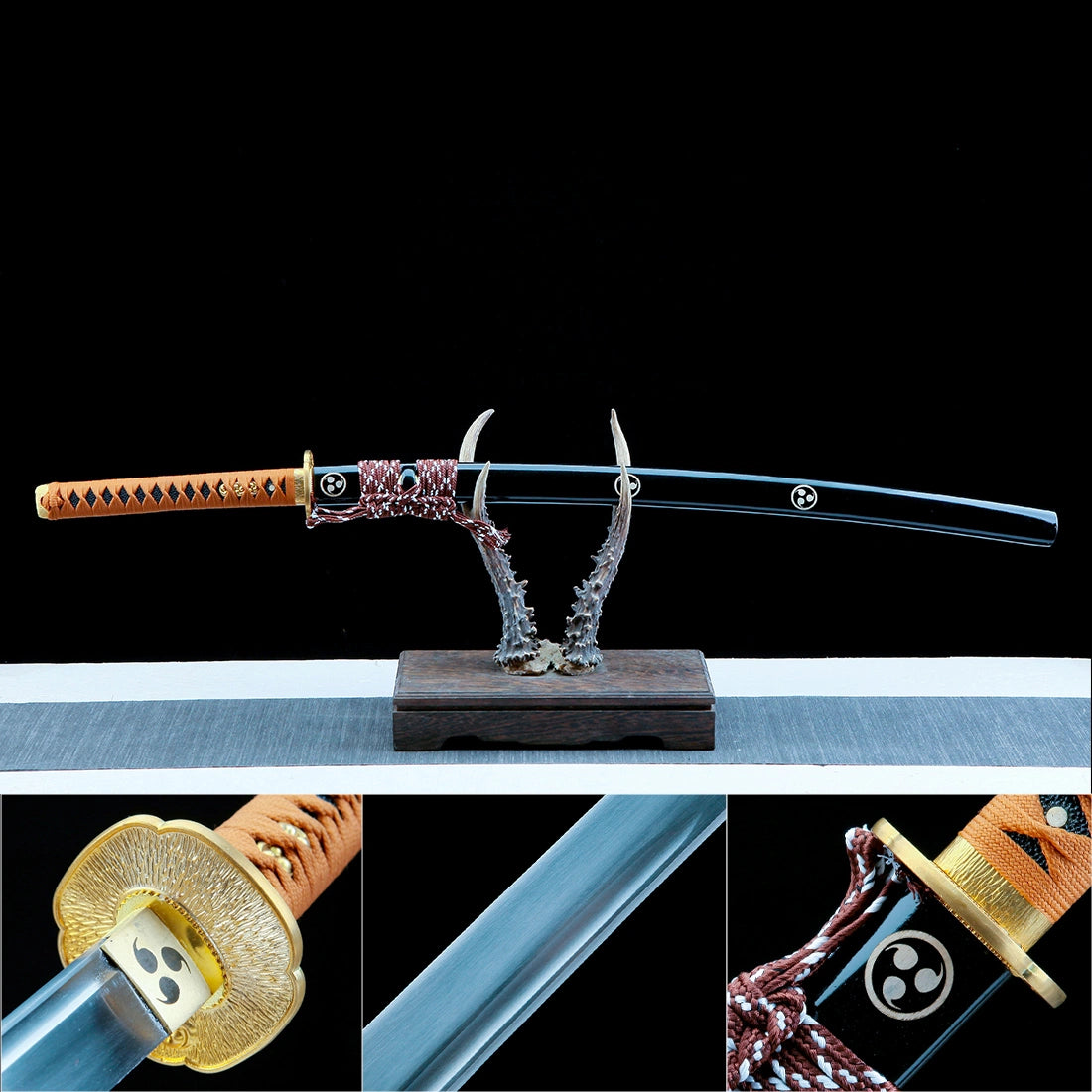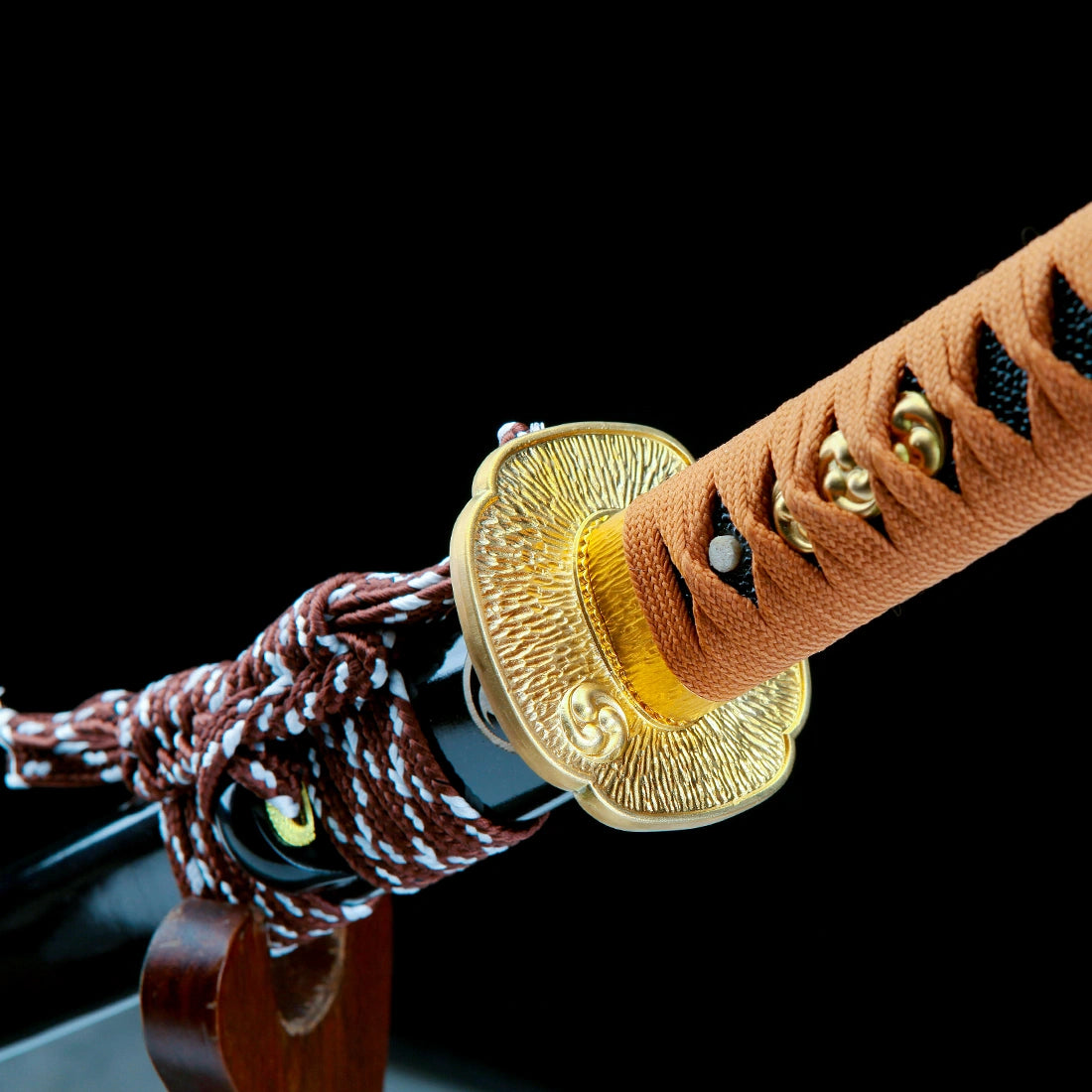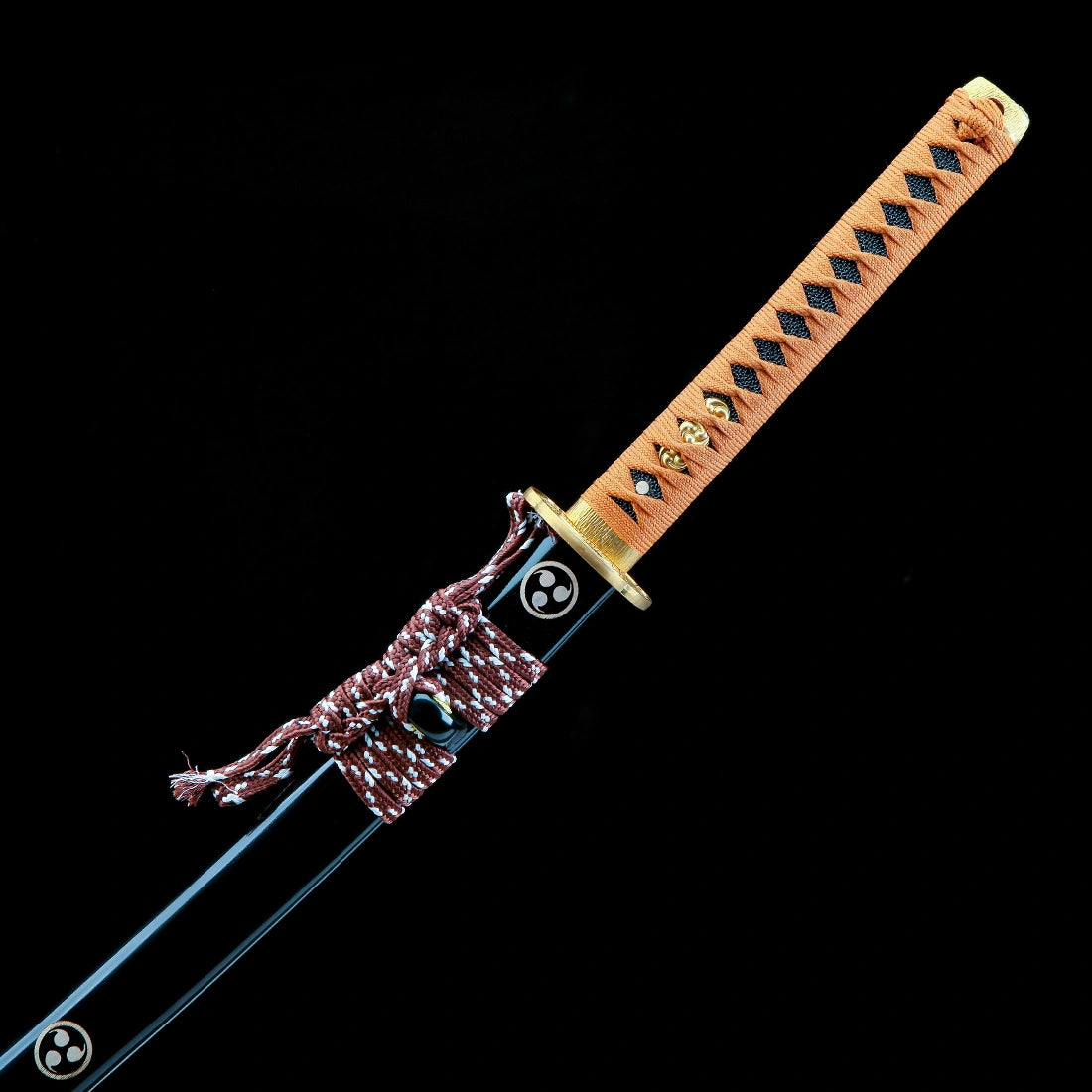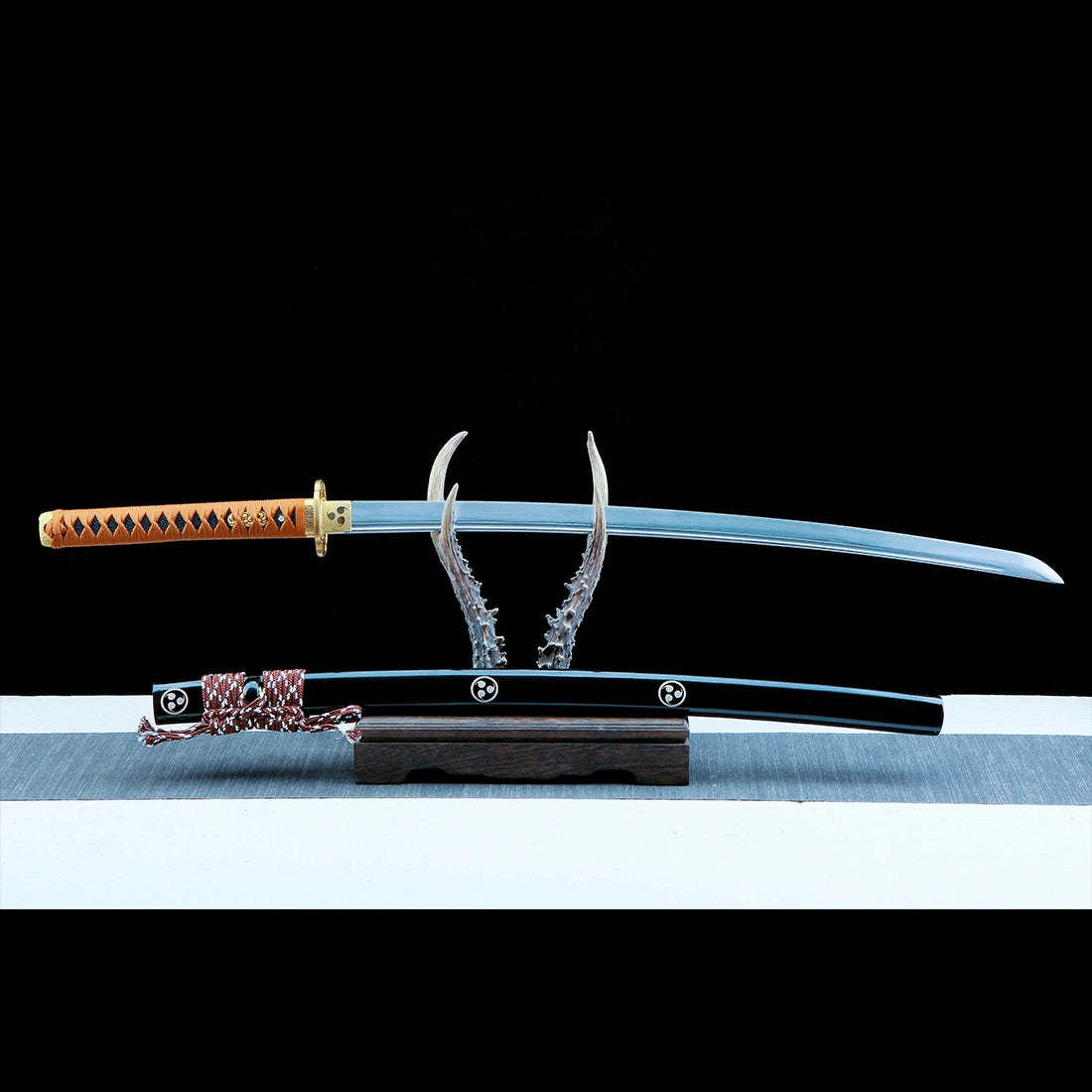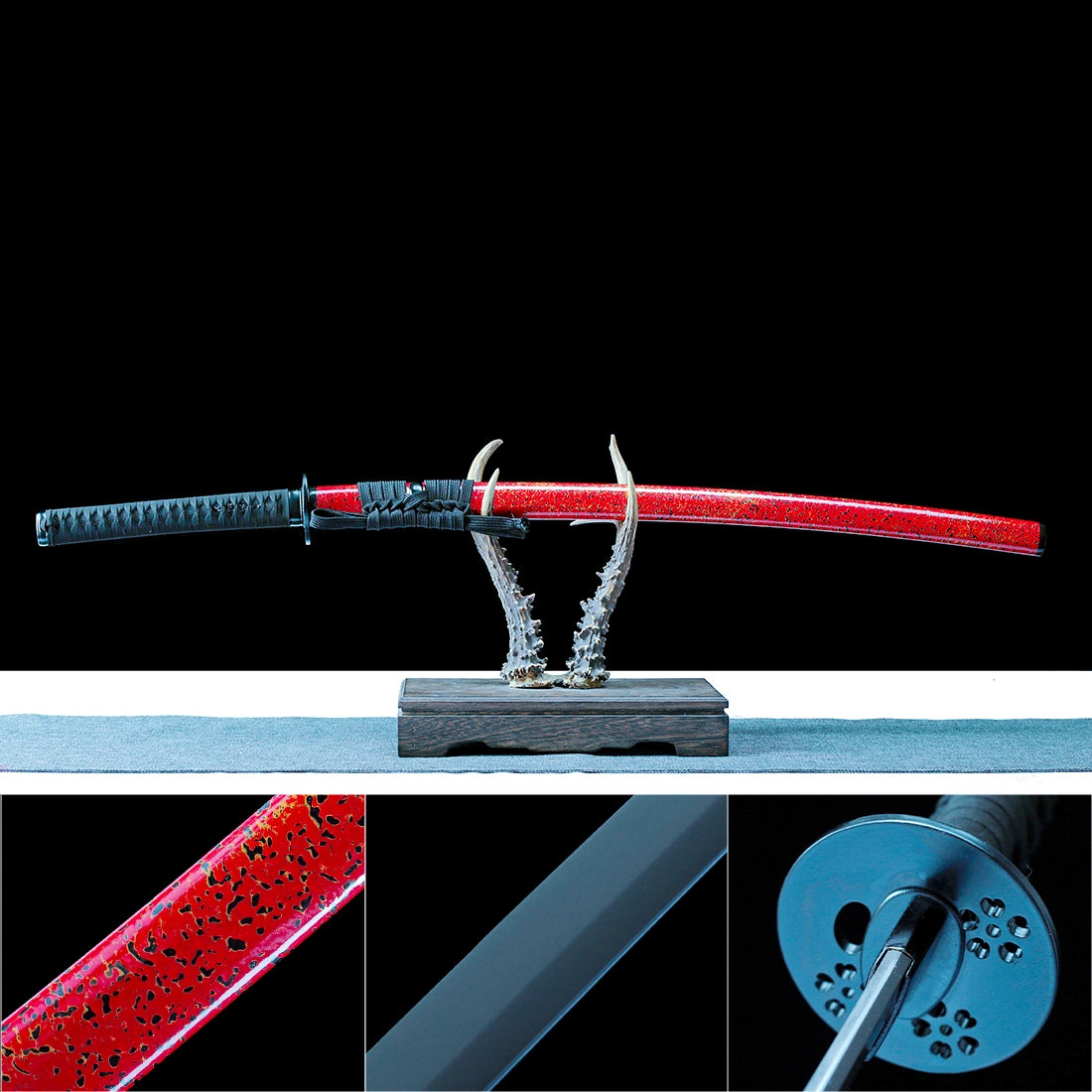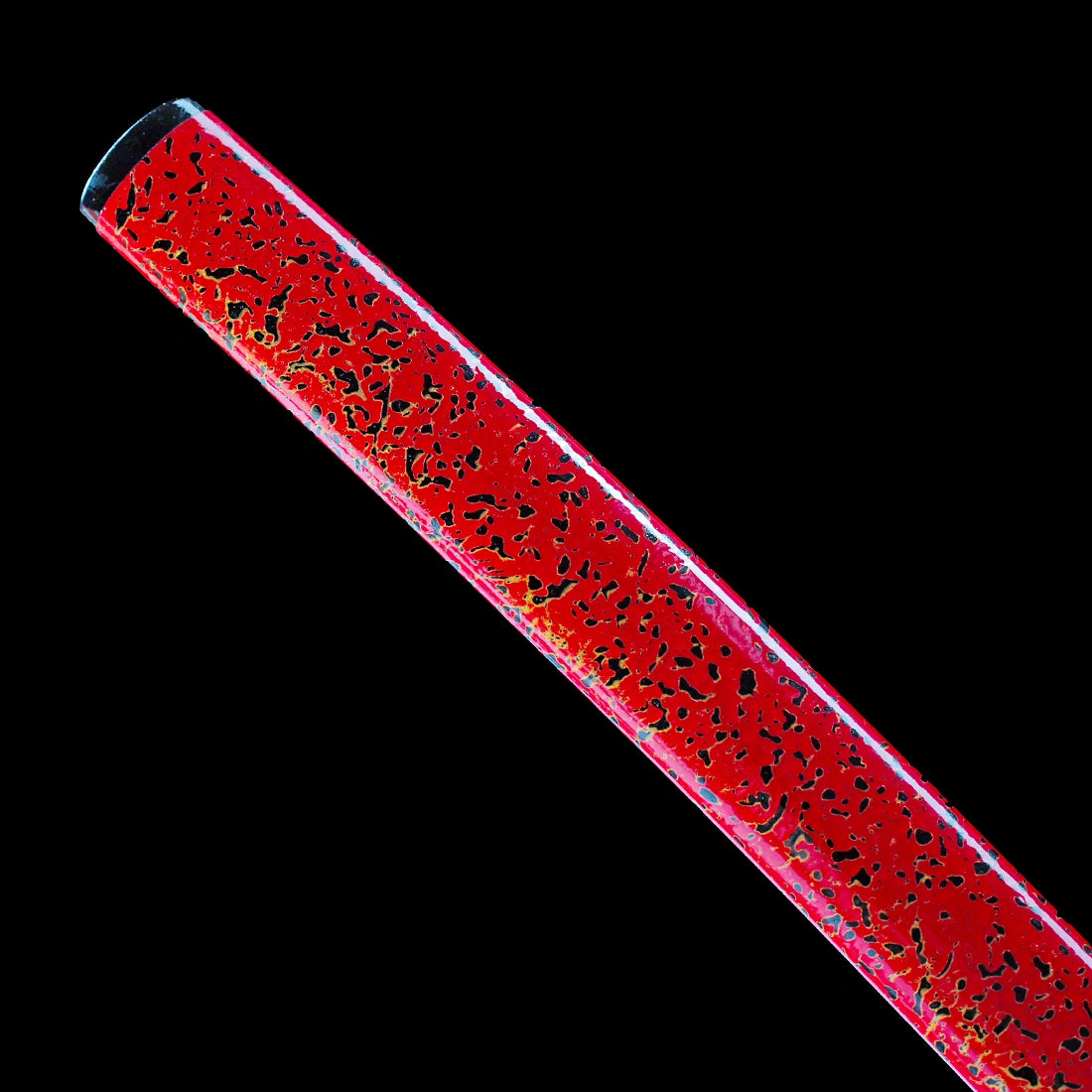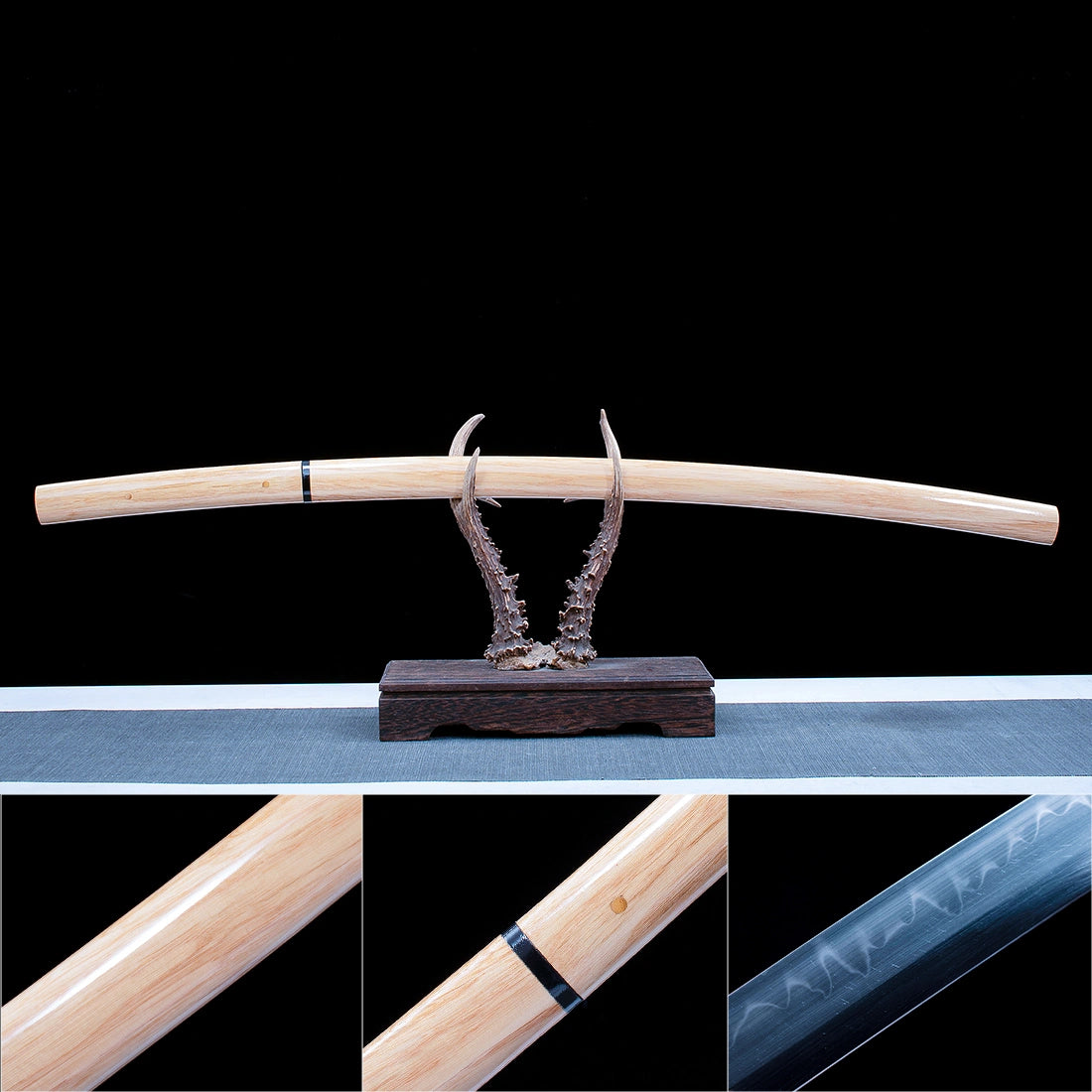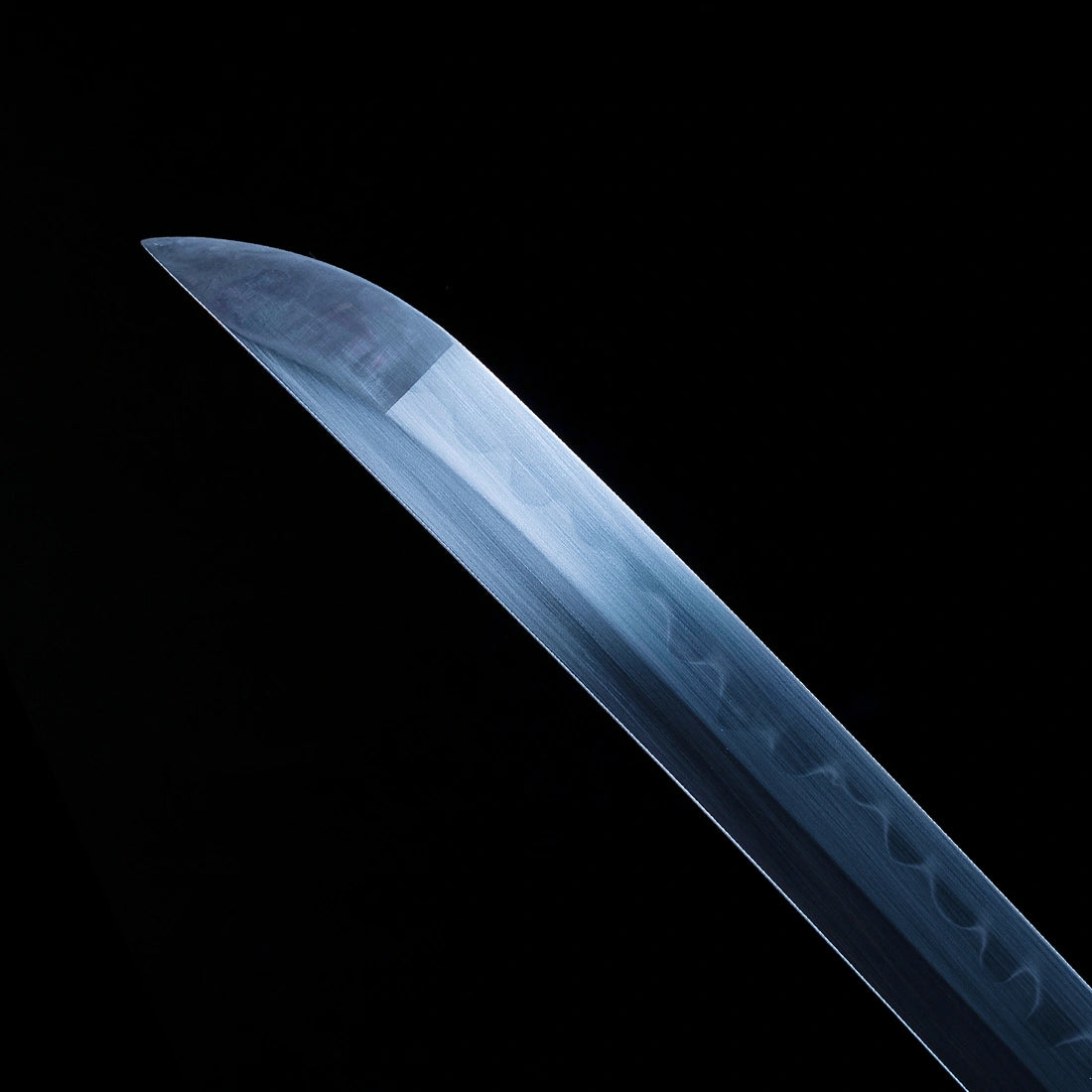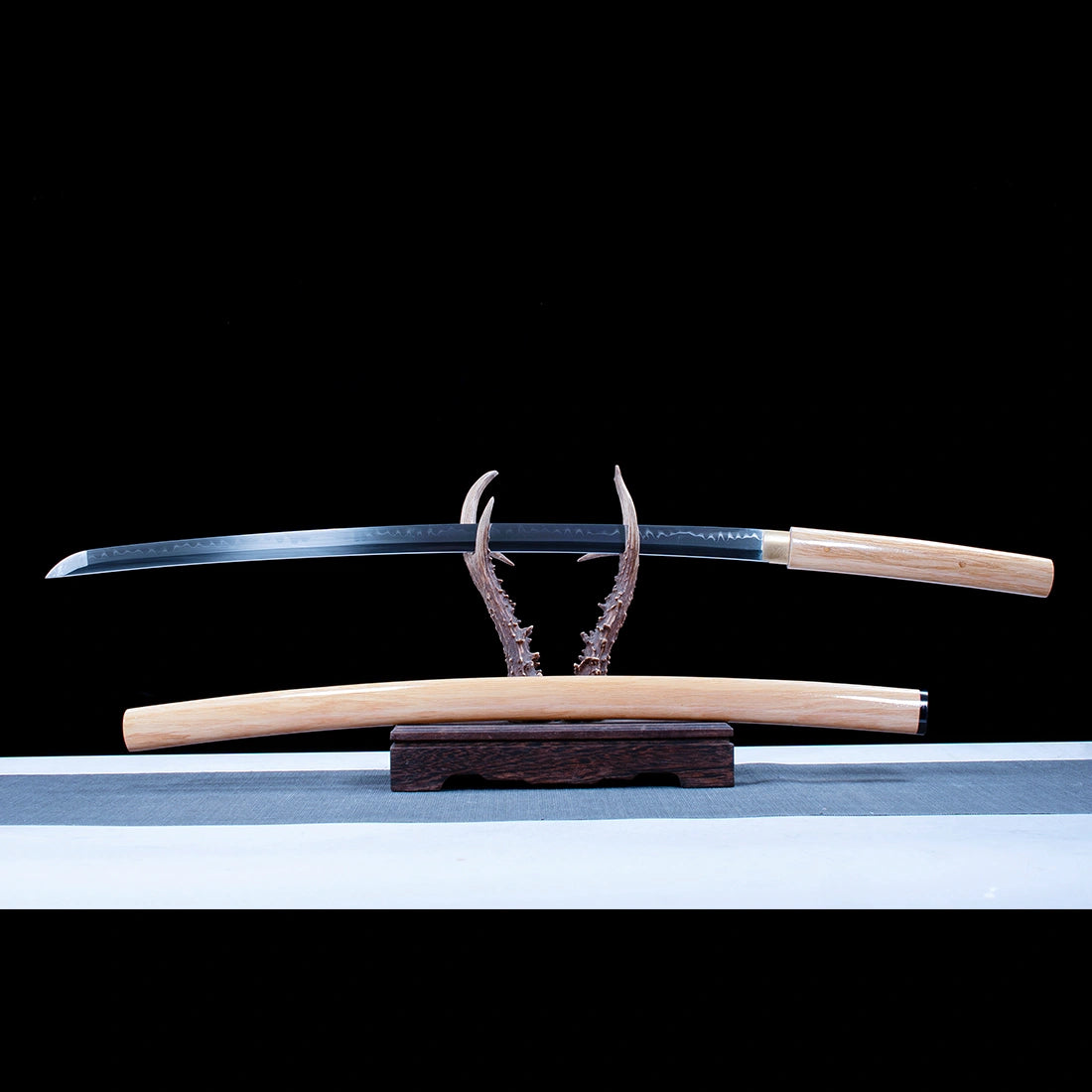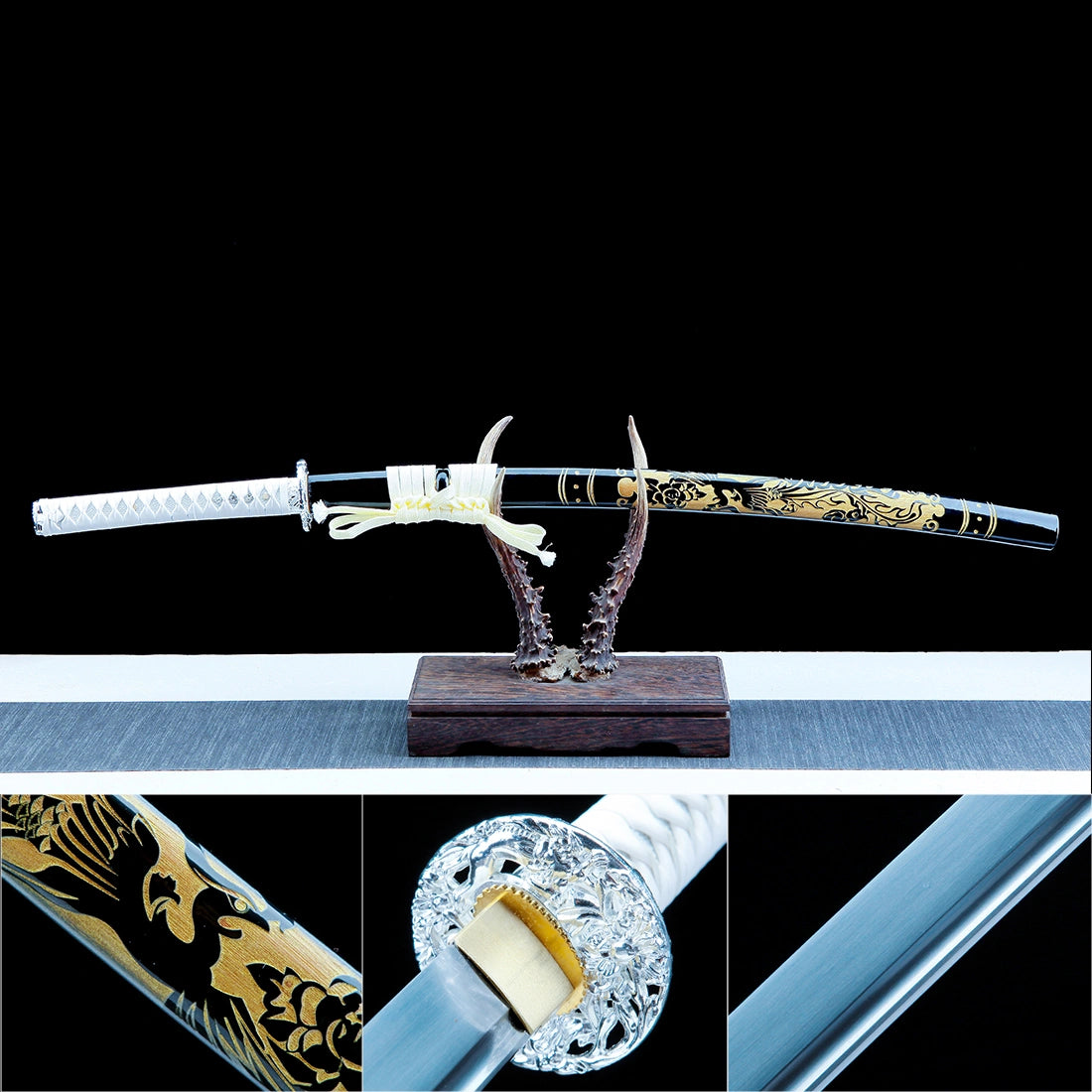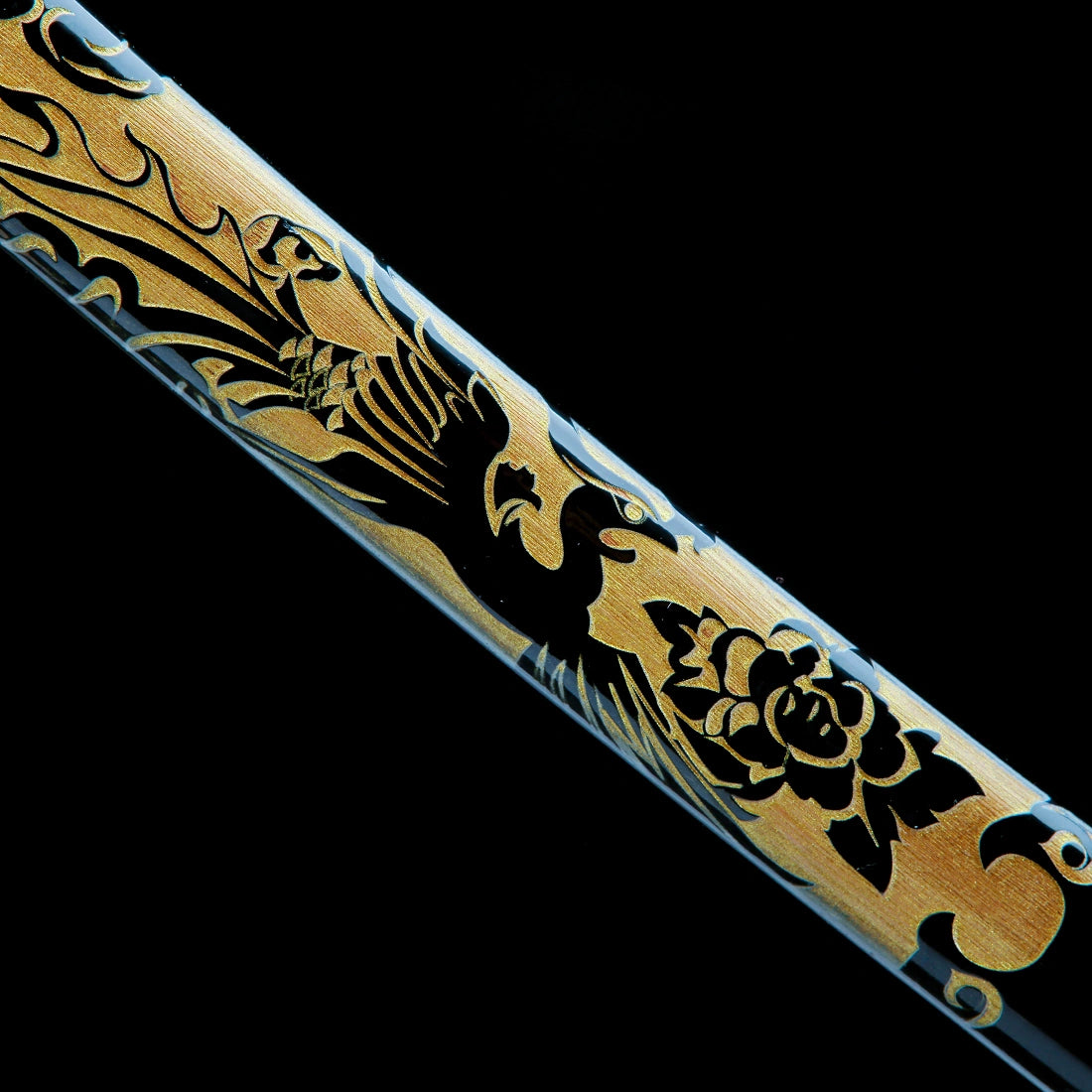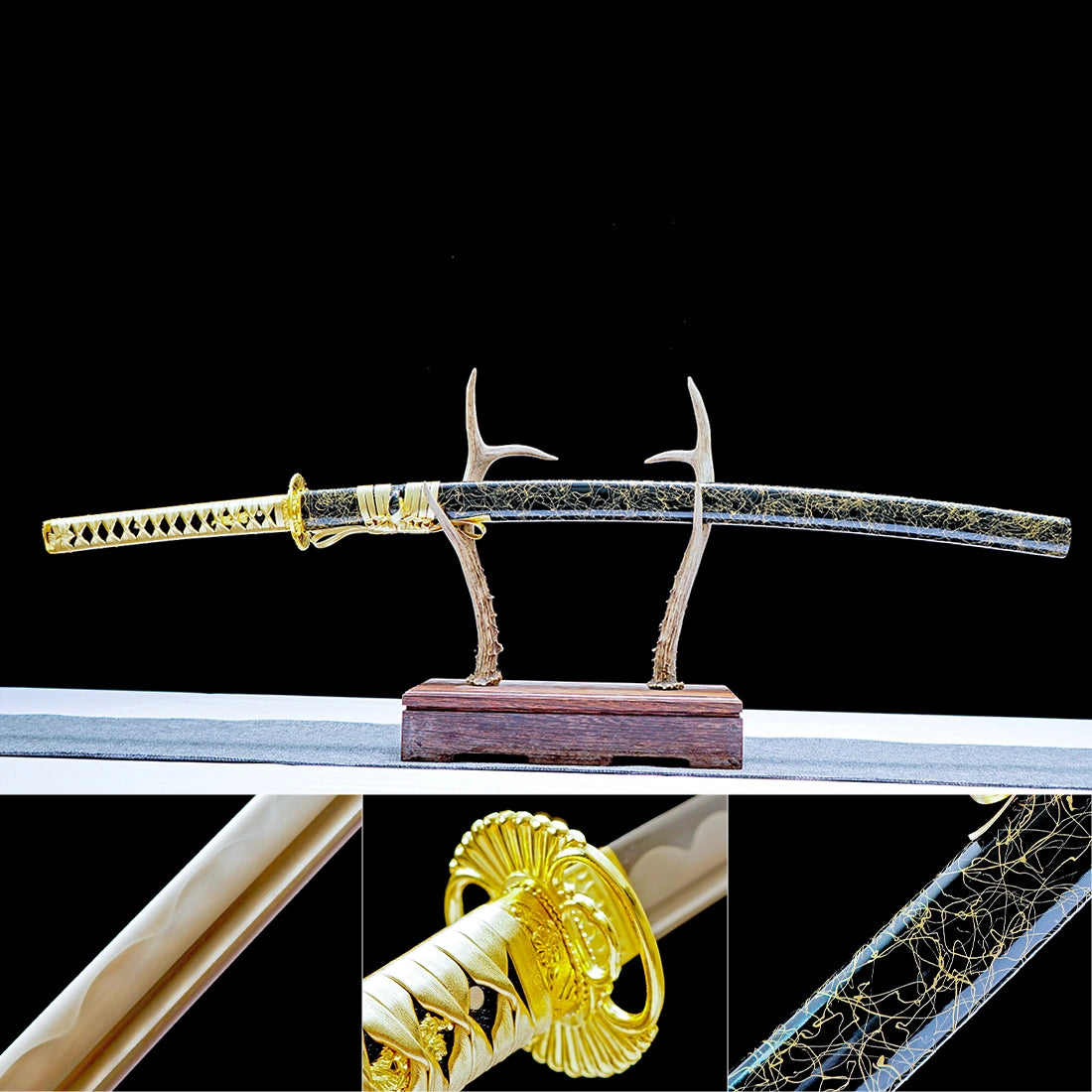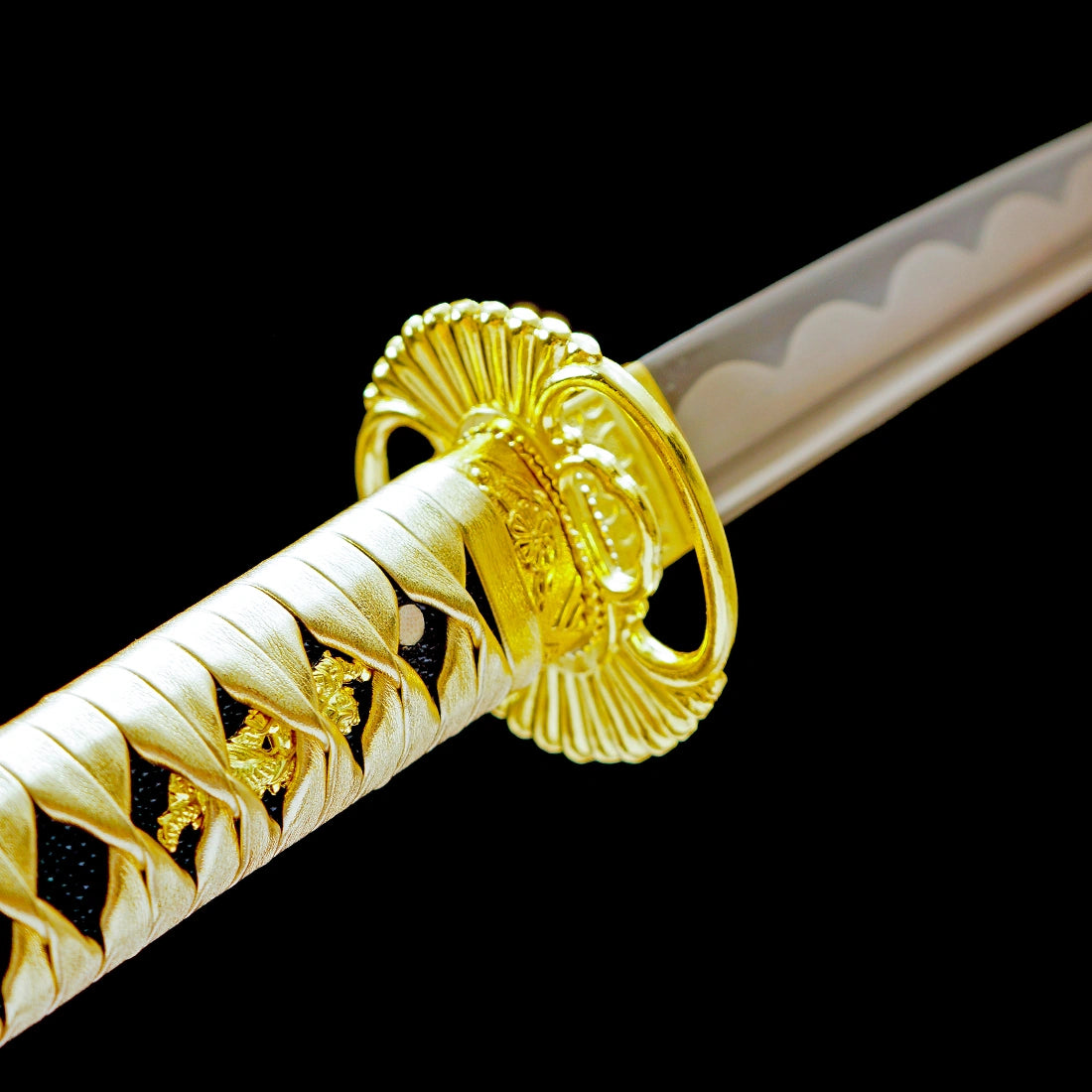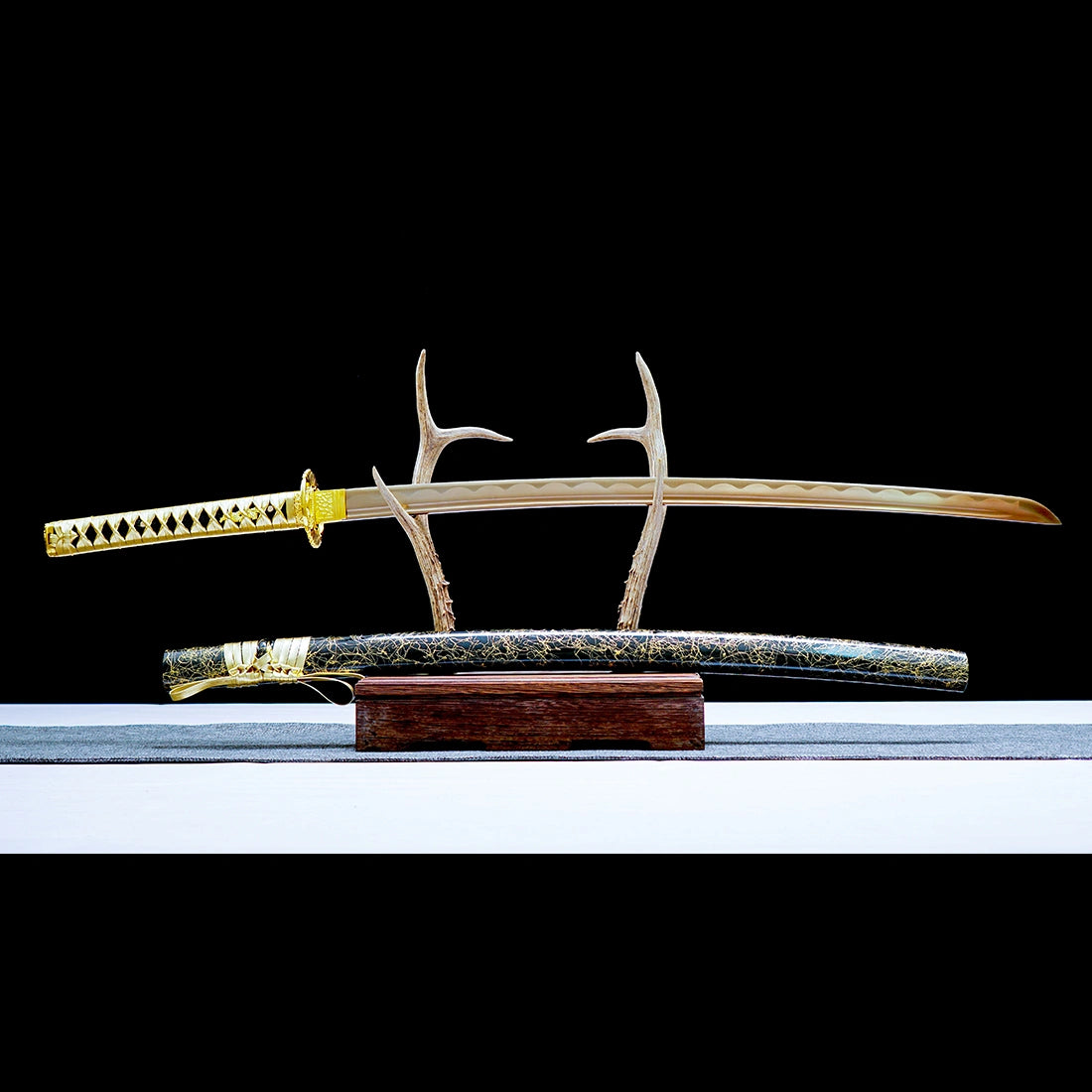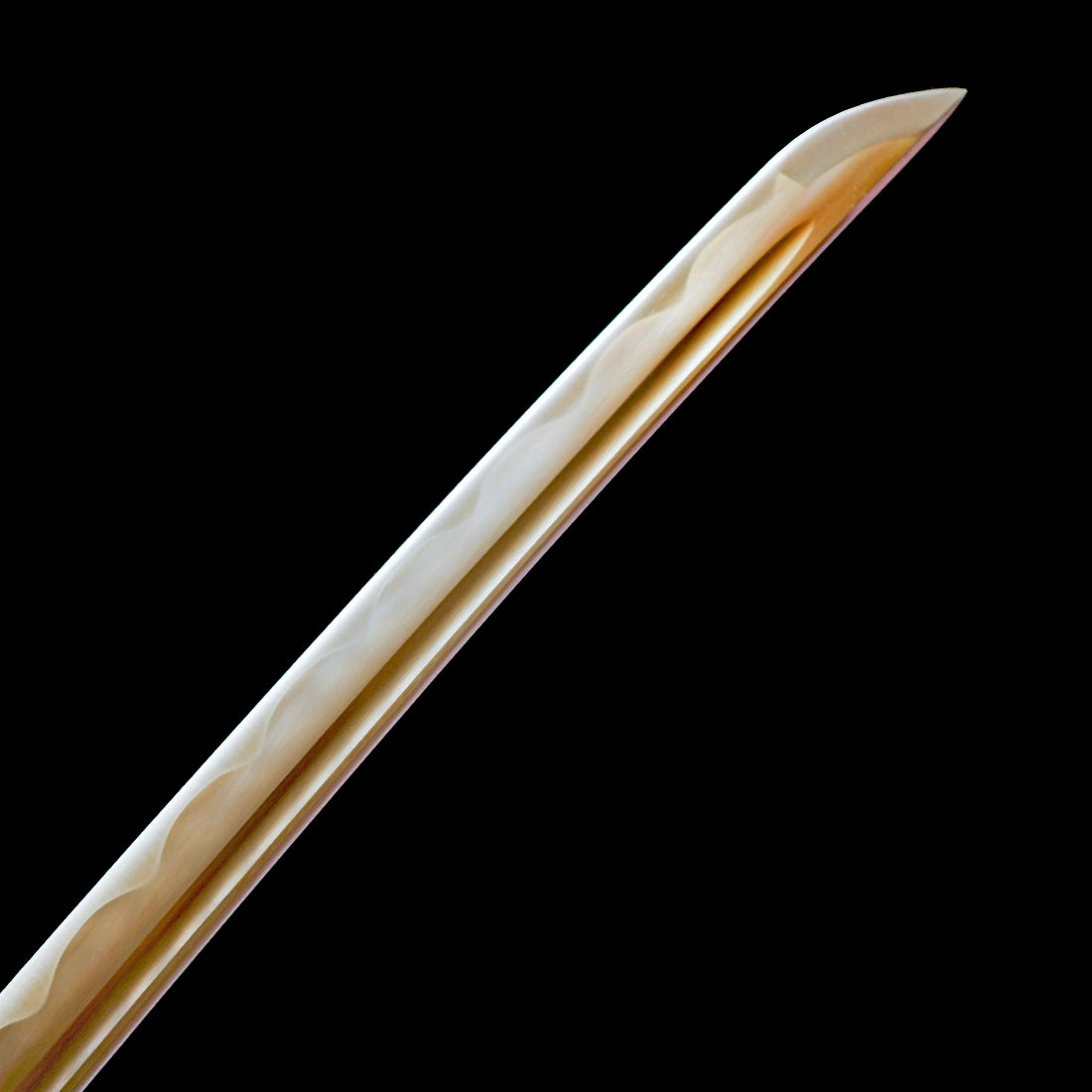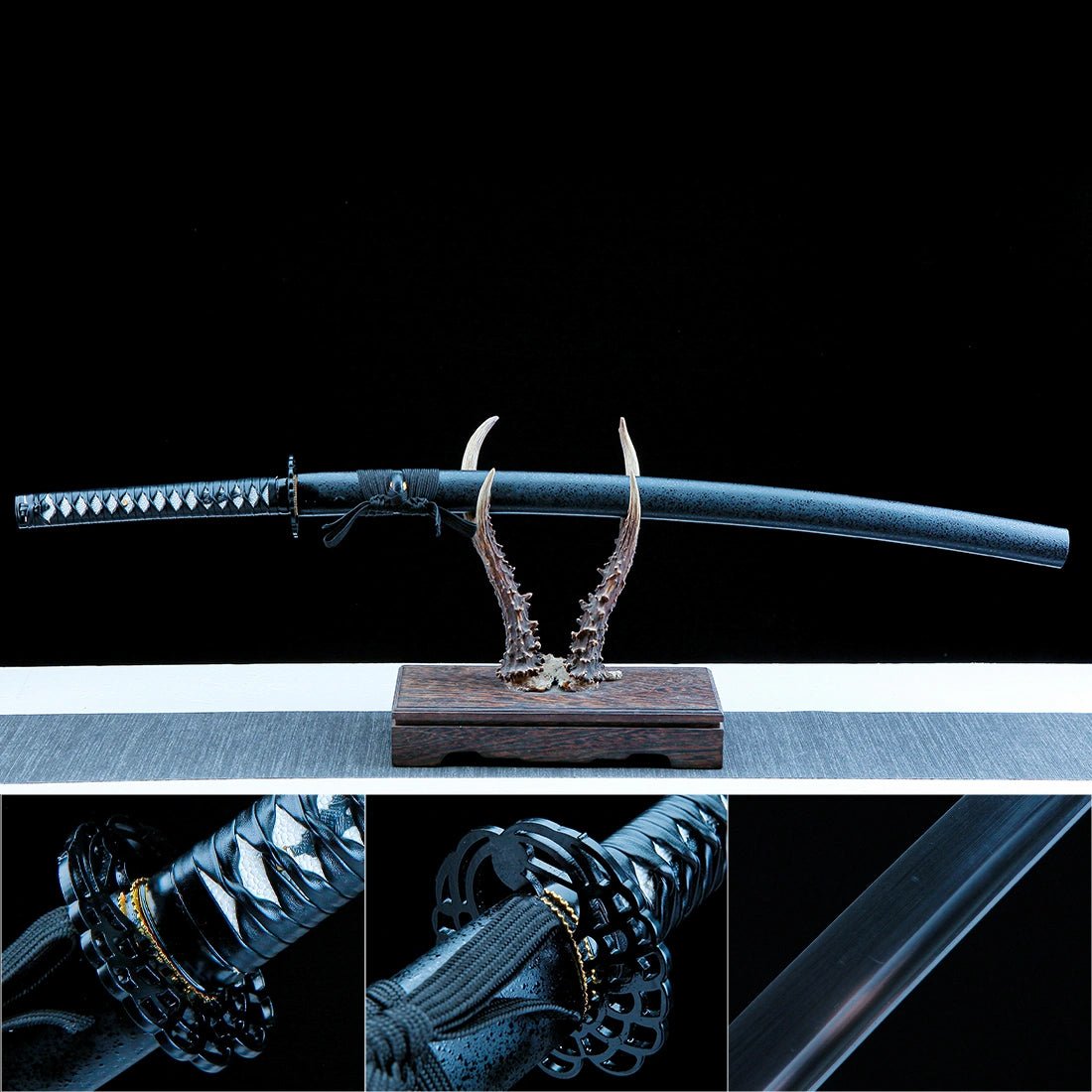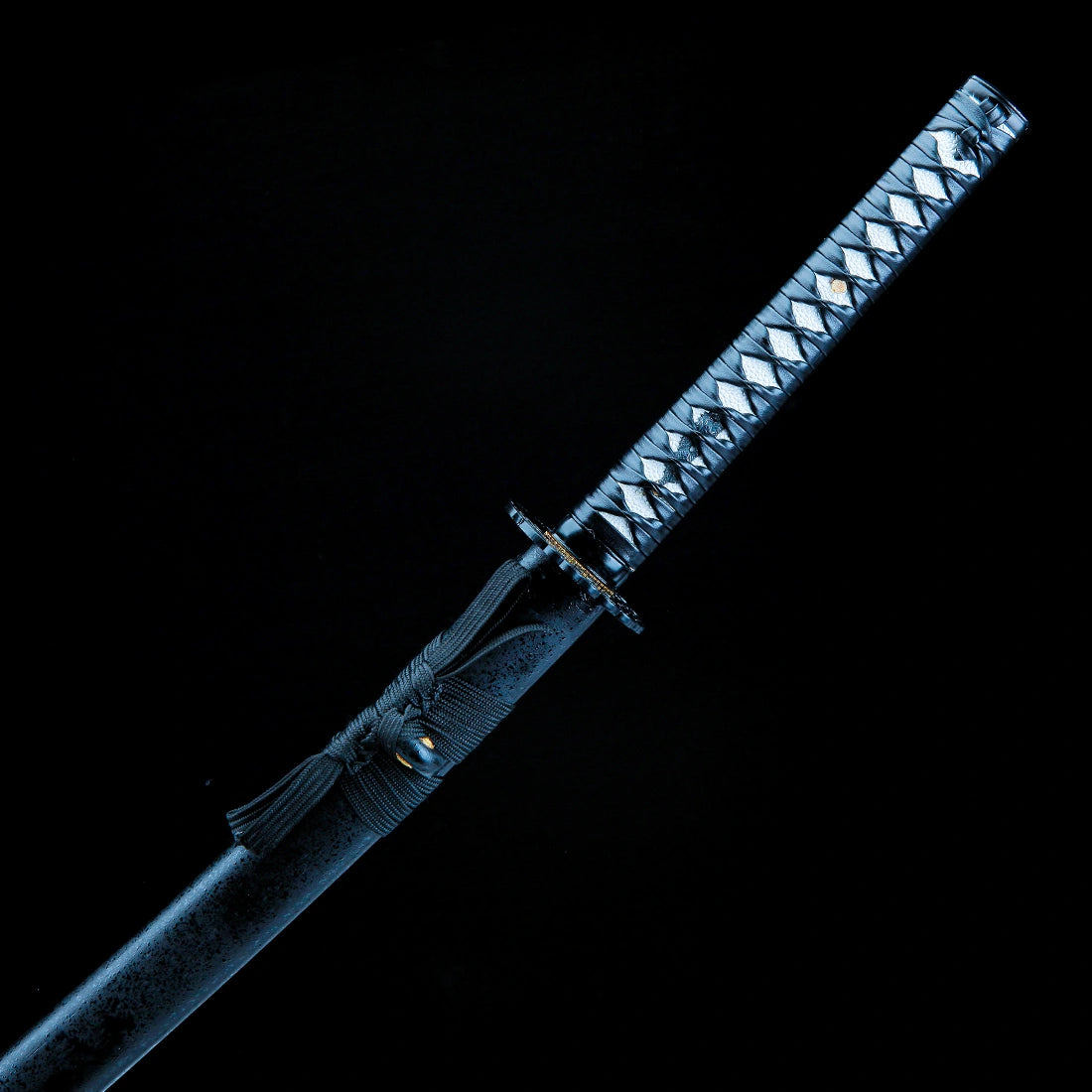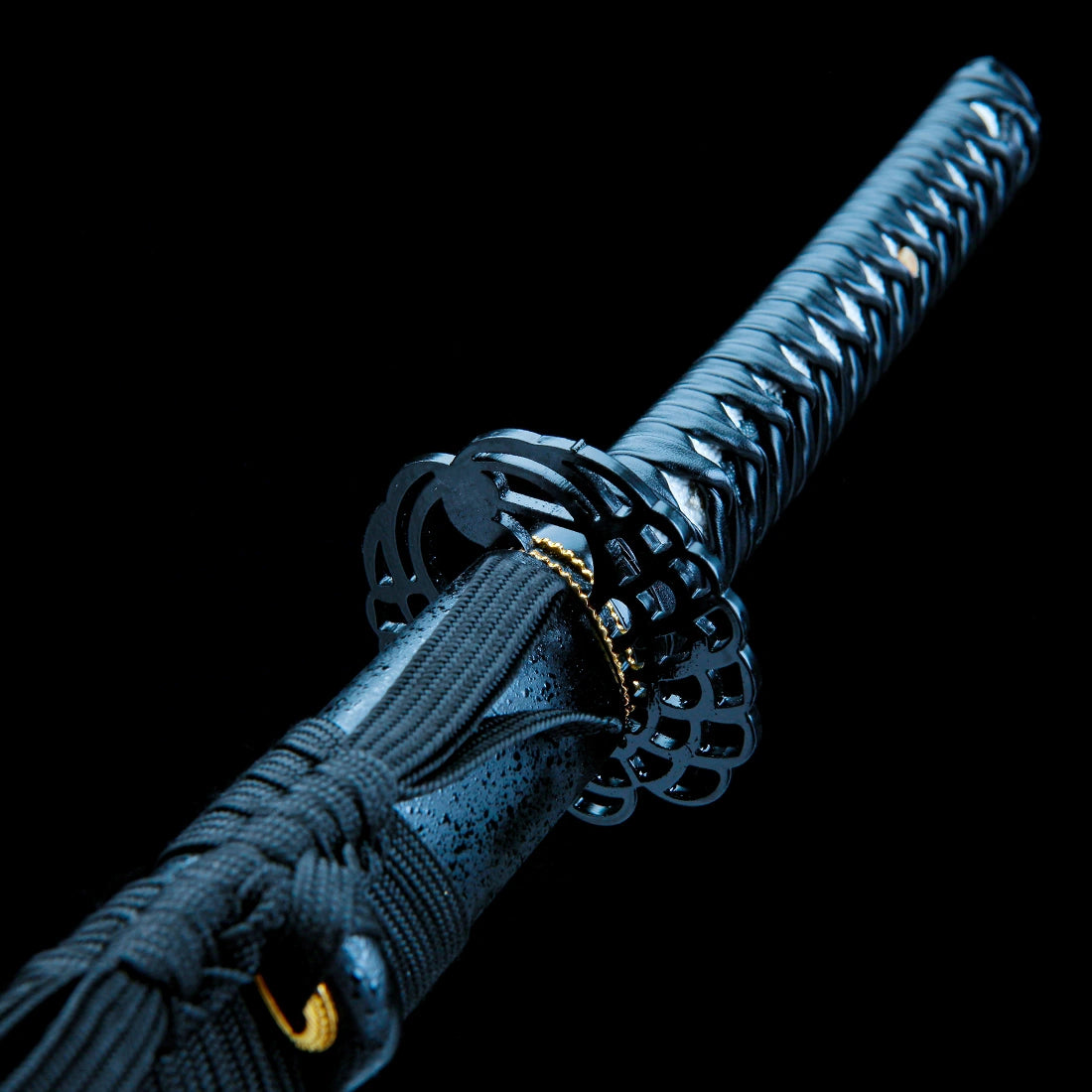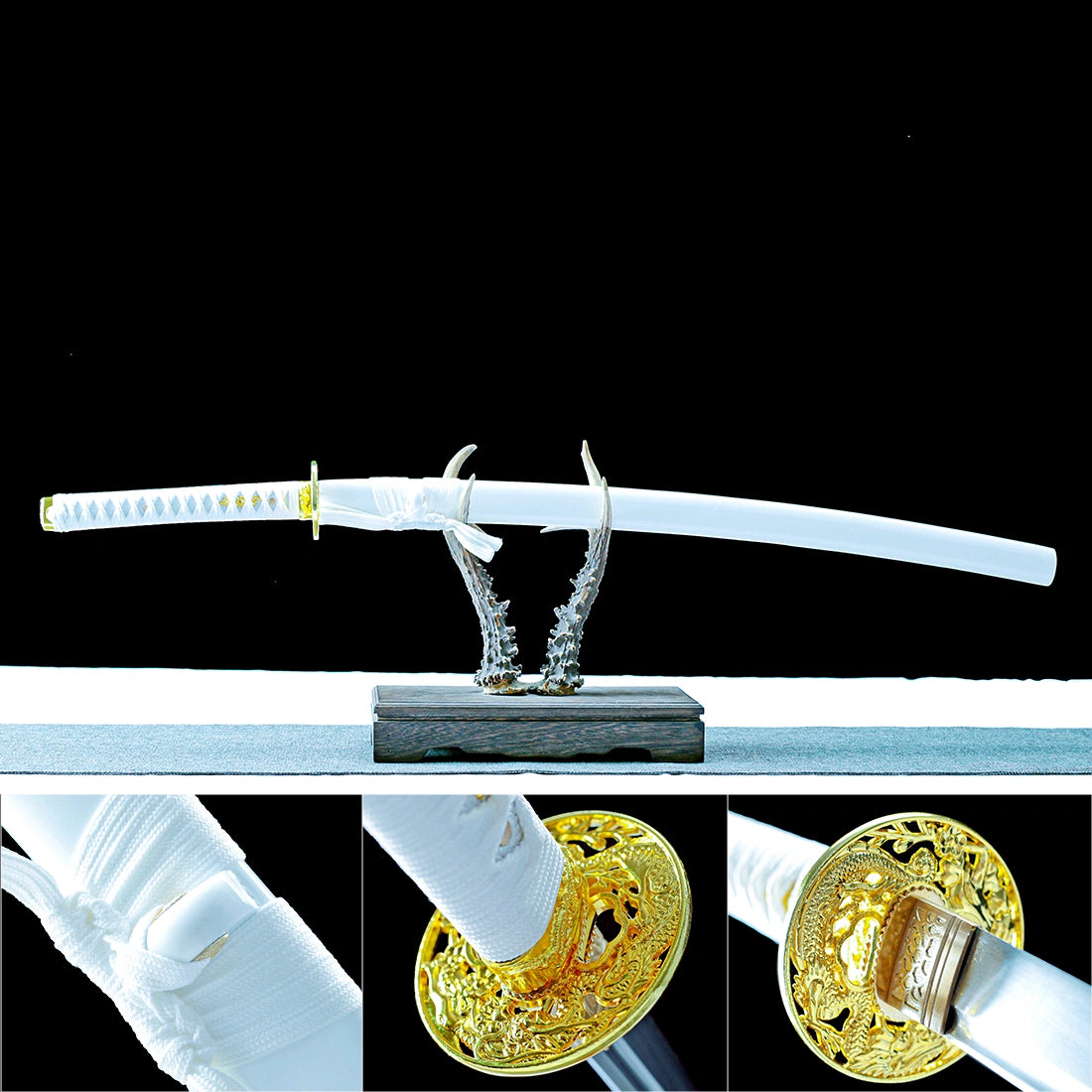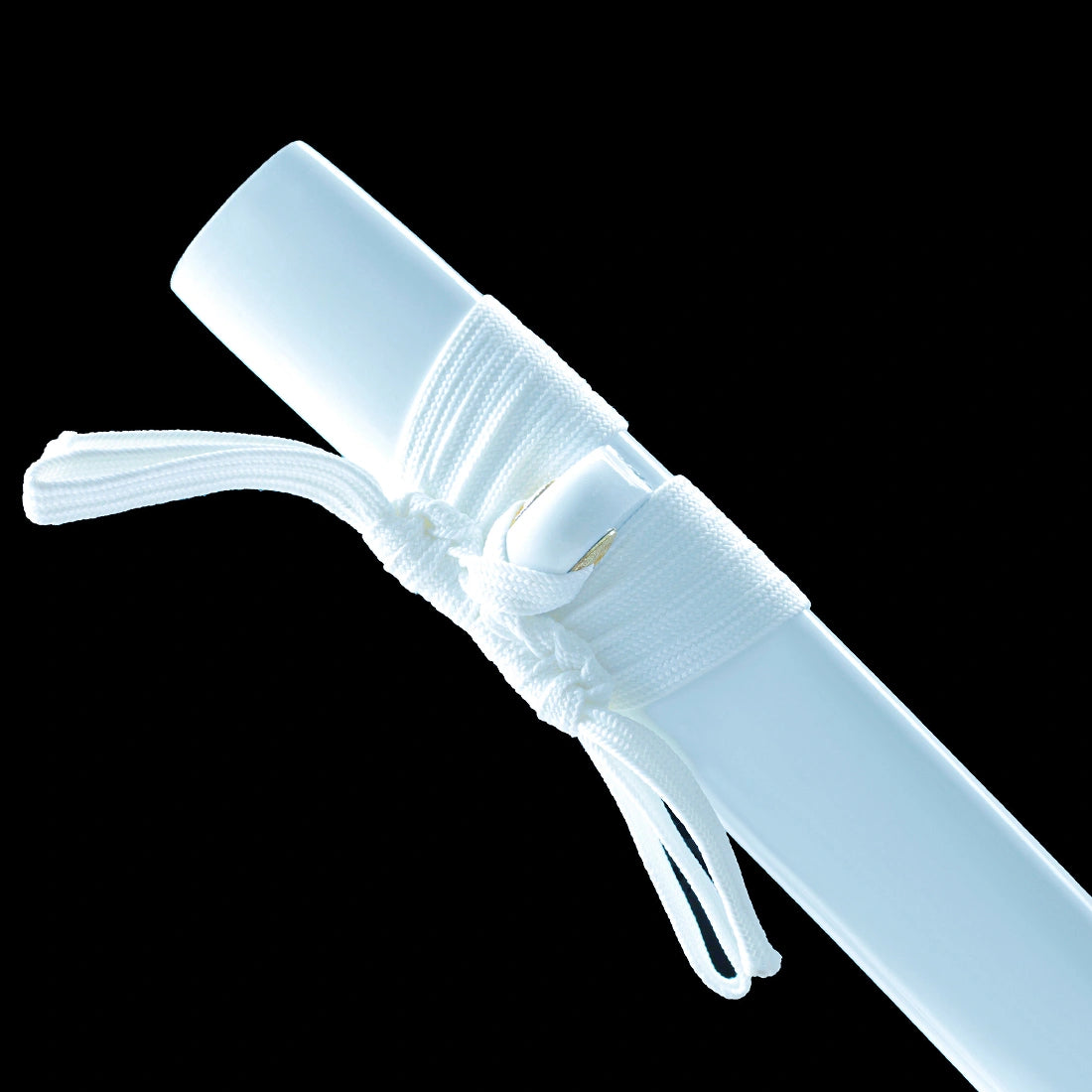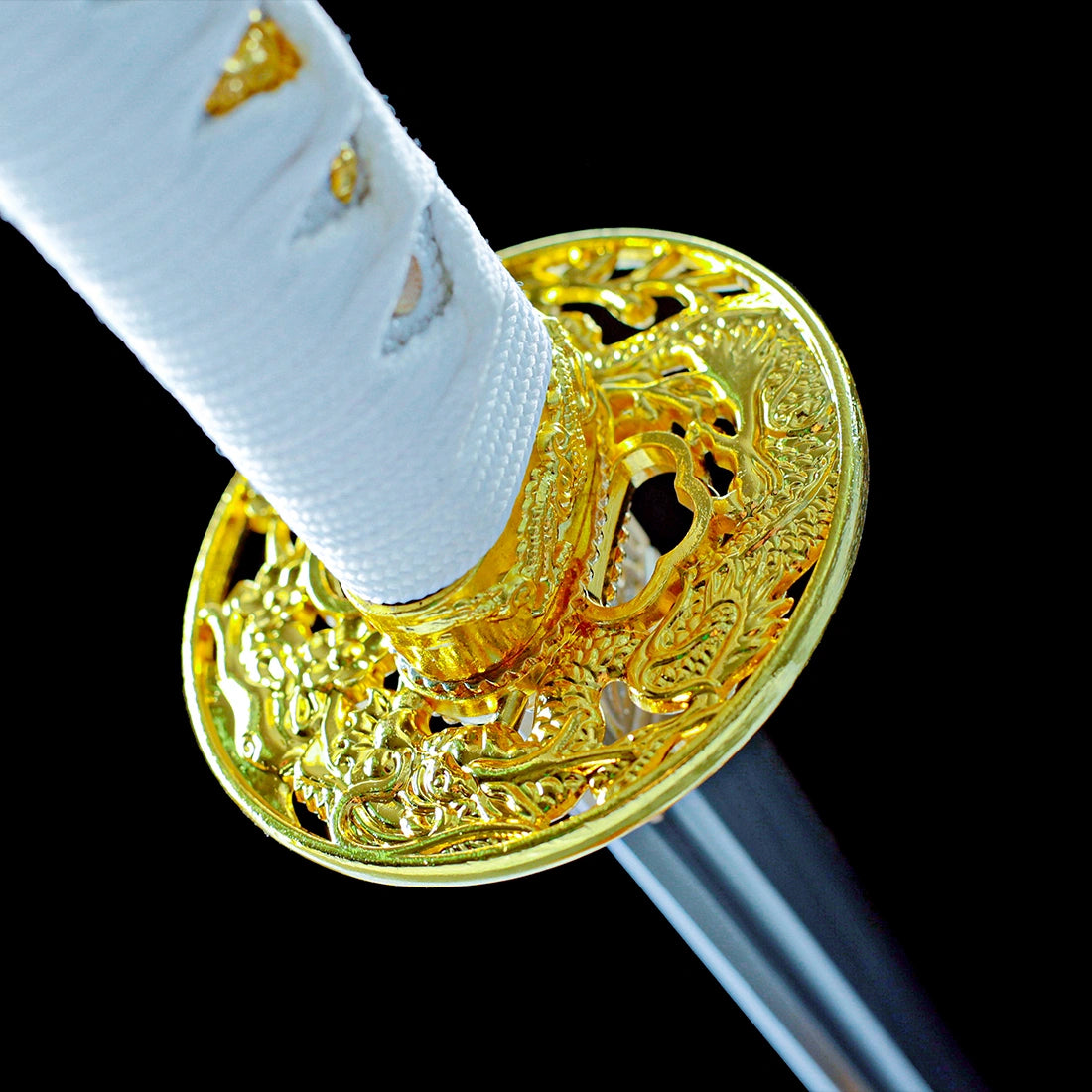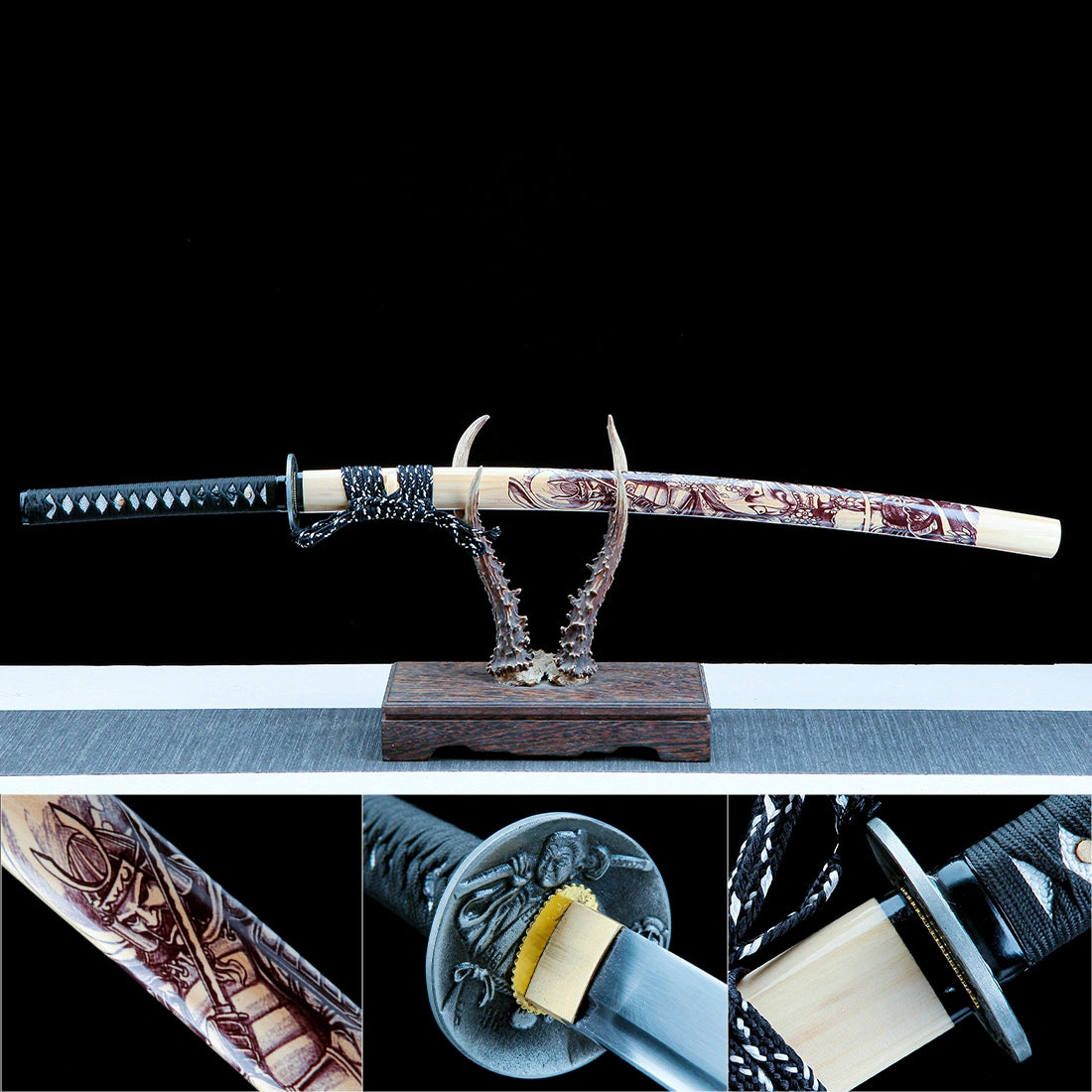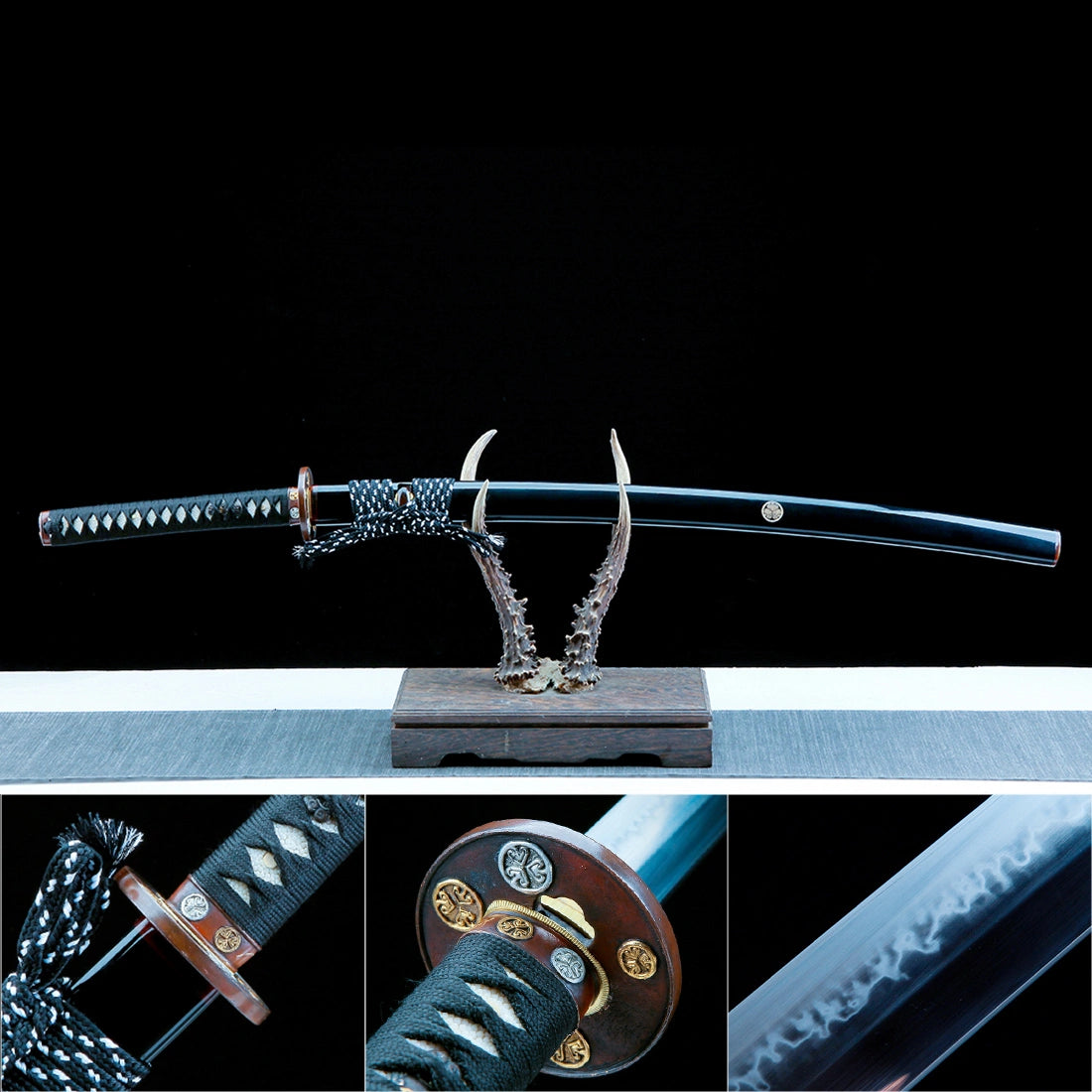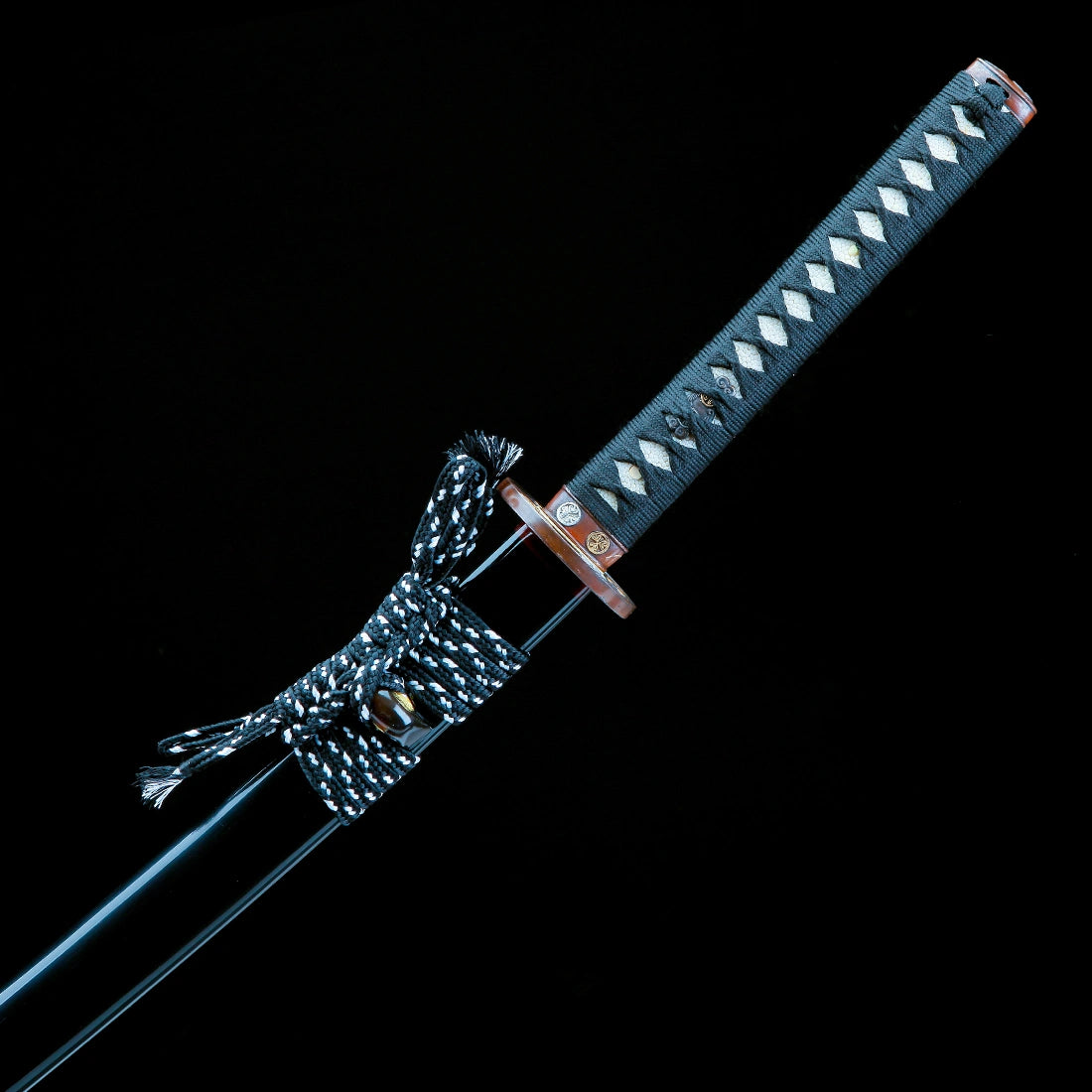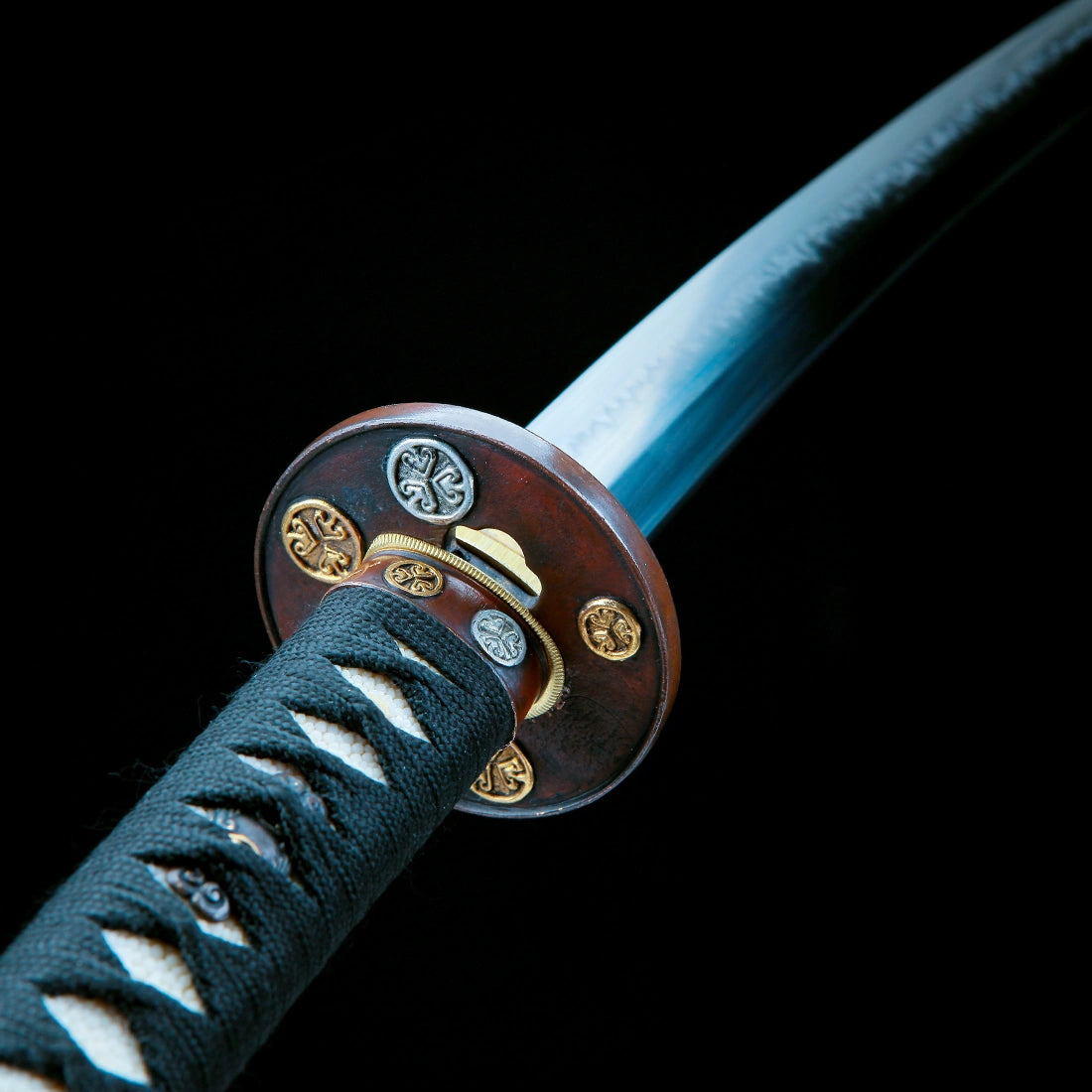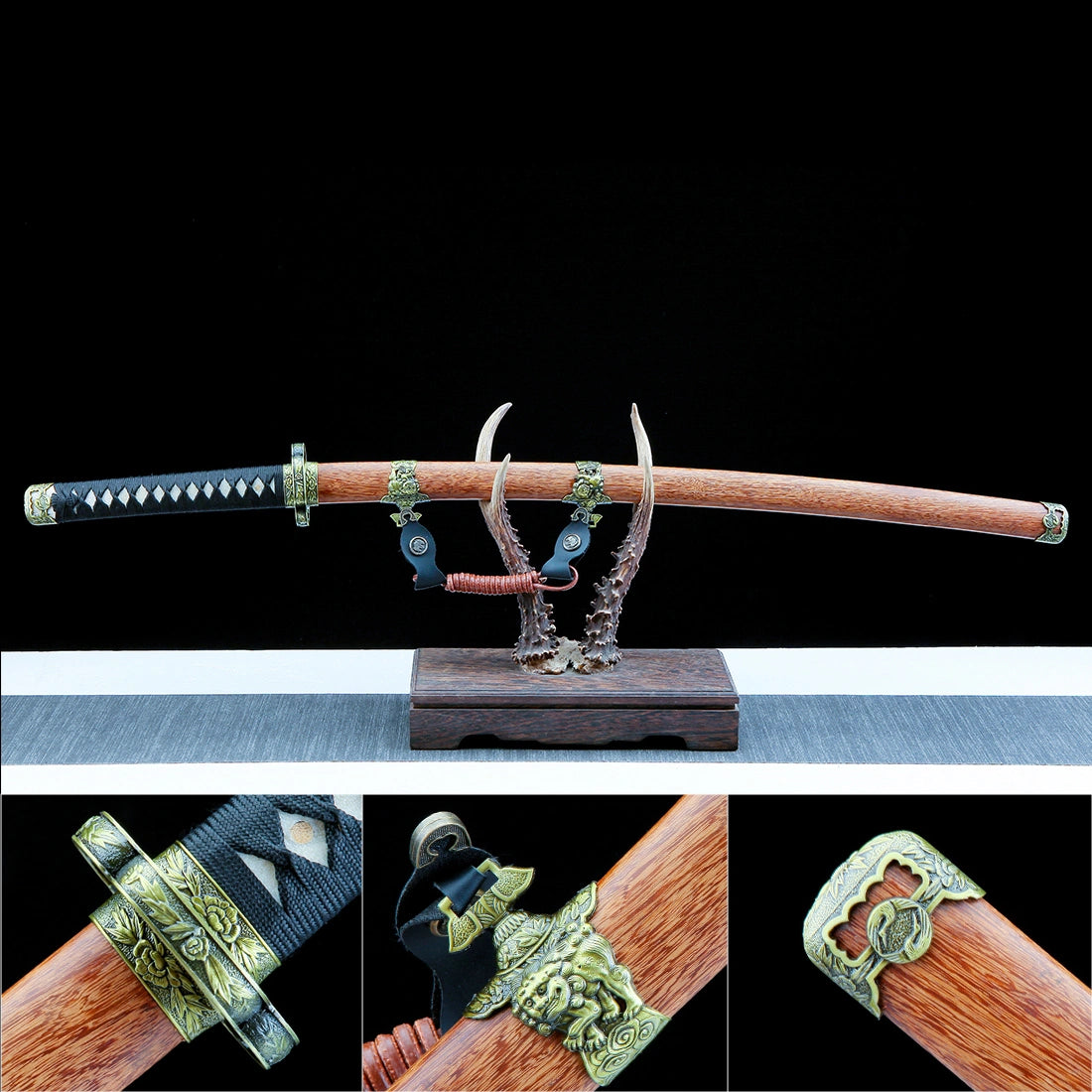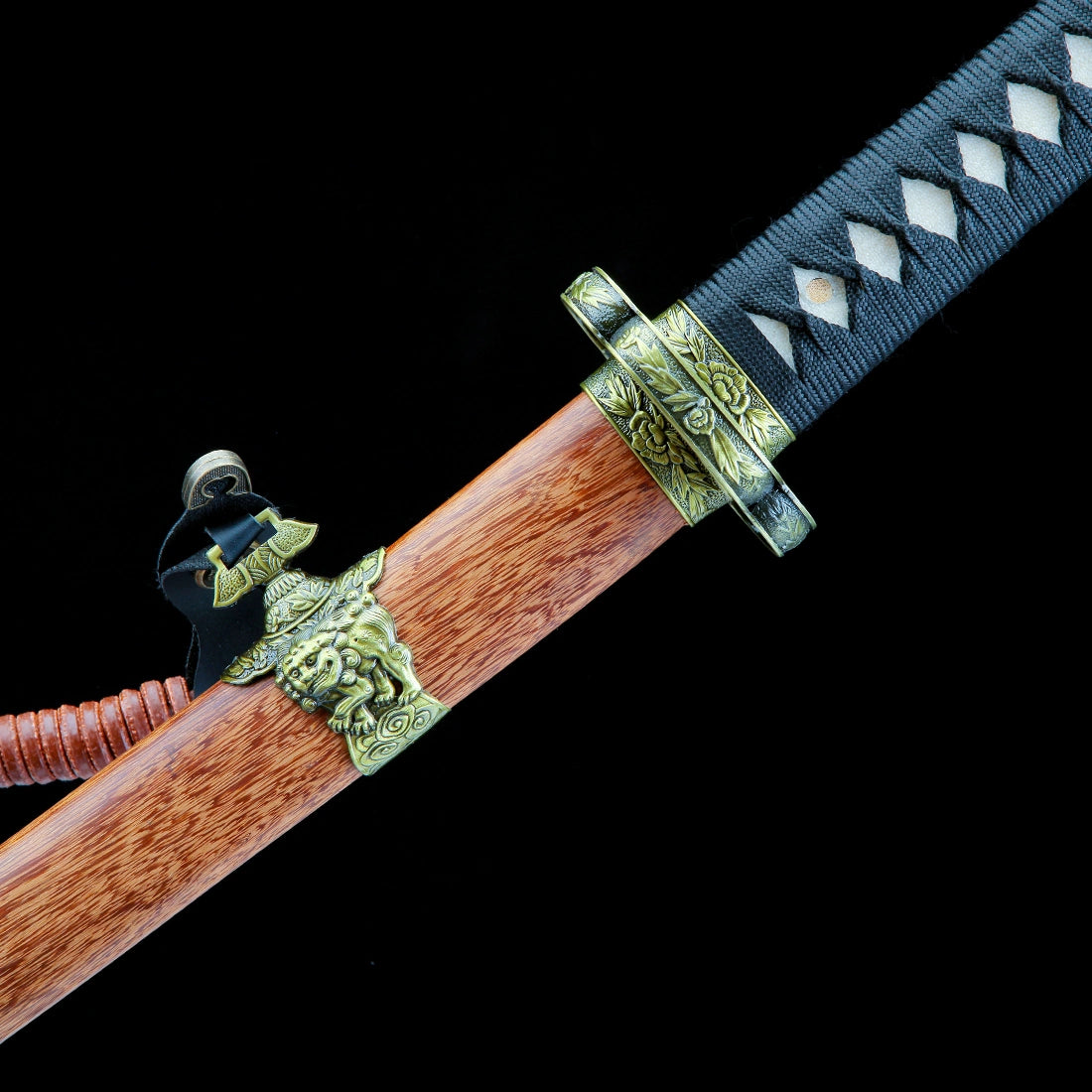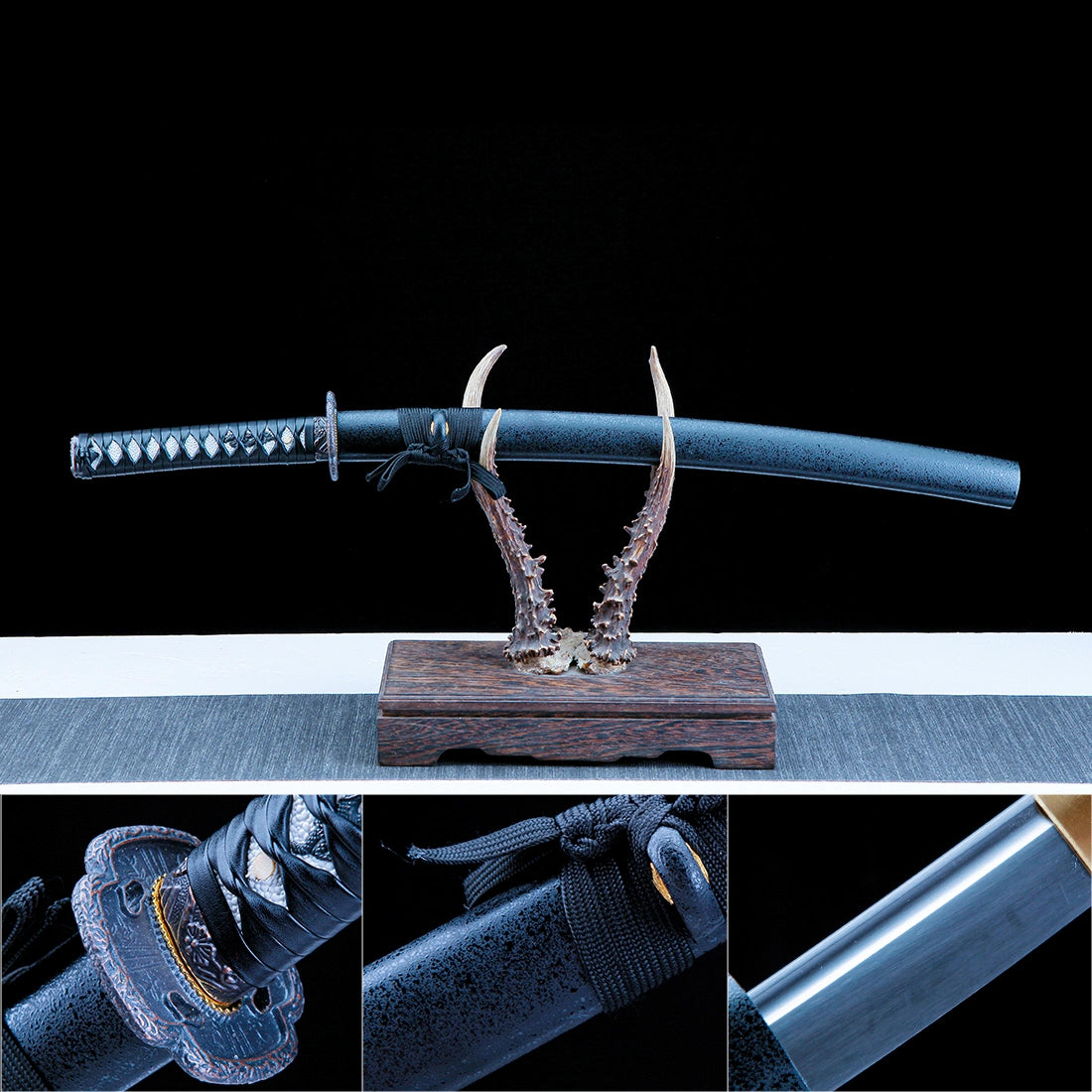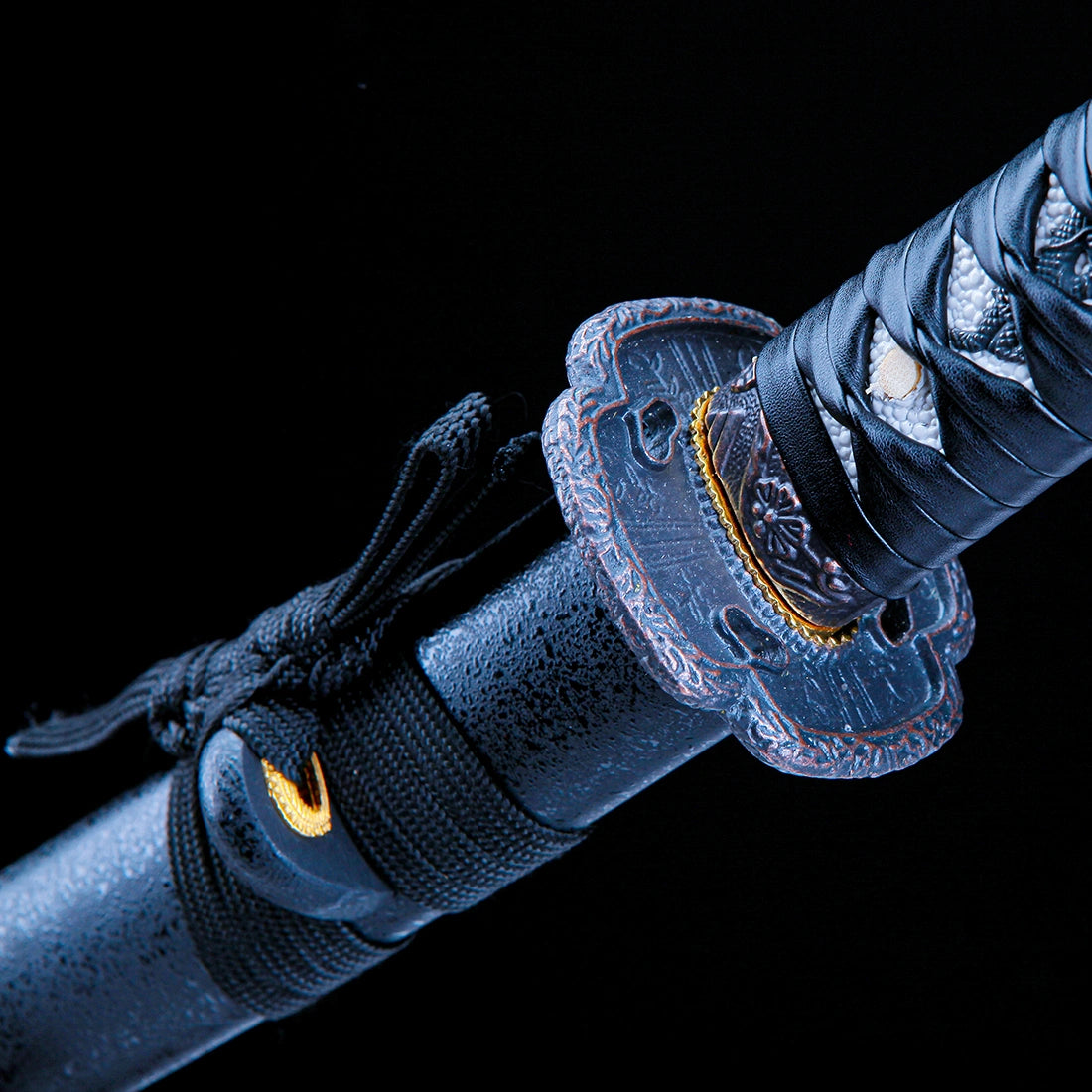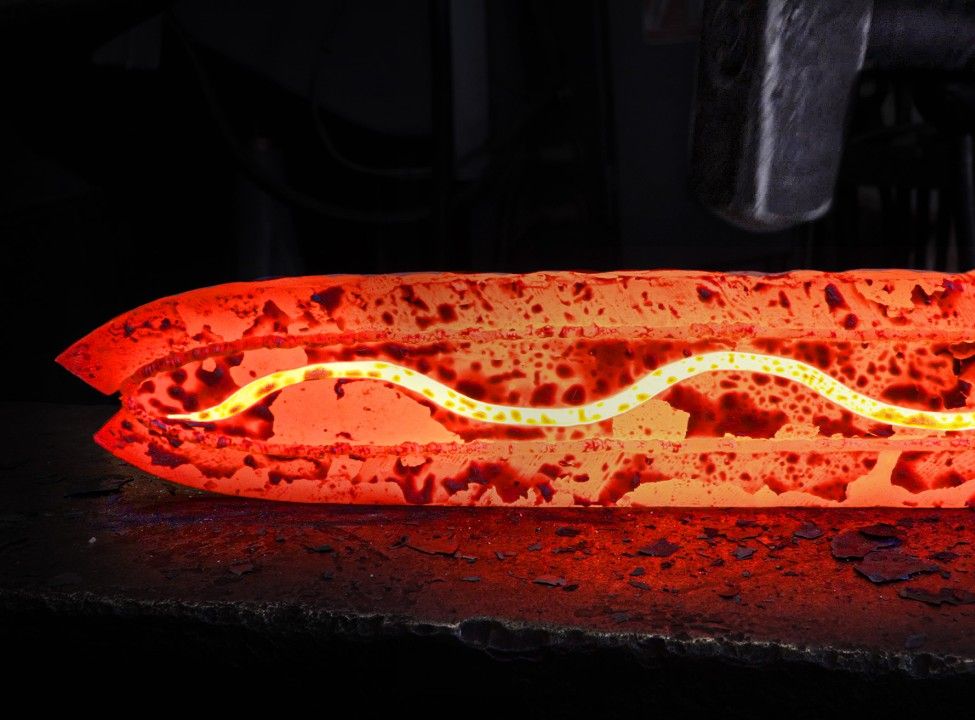Samurai Soul Forged in Steel
Explore Our Japanese Sword
Bestsellers
Pioneer Katana (Tactical Katana™ – Titanium-coated version)
AS SEEN IN
New Arrival
Most Popular Designs
Why Choose Authentic katana.com?
As a family-run swordsmith, we stay true to the tradition of hand-forging, ensuring that every katana we craft is built for real, battle-ready performance.
In today’s world, katanas are more often seen as works of art than weapons. That’s why we place great emphasis on aesthetics—refining every detail, from the grain of the blade to the intricate carvings on the tsuba—to create a visually stunning piece.
We believe you’ll truly feel the beauty and power embodied in every katana we make.
FAQs
Free shipping,All-inclusive,and delivery time.
We offer free worldwide shipping. The order processing time is 3 days, and shipping to the U.S. takes approximately 7 – 14 days. Our product prices include taxes, so you won’t need to pay any additional fees. We also provide a 30-day return policy, allowing you to return items for any reason within 30 days.
Are katanas illegal in the USA?
In the USA, katanas are not illegal. However, the laws vary by state and locality, and some places have specific restrictions on owning, carrying, and displaying katanas. For example, in certain states, carrying an exposed sword may violate weapon-carrying regulations. Federal law in the U.S. generally does not prohibit the ownership of Japanese swords. So far, none of our U.S. customers have reported legal issues from purchasing a katana.
Of course, if you plan to purchase a katana, it's advisable to familiarize yourself with the local laws to ensure compliance with the relevant regulations.
What was unique about the katana compared to other swords?
The uniqueness of the katana lies in its curved, single-edged blade and the elegant design rooted in Eastern cultural traditions. Known for its sharpness and durability, the katana features a full tang construction that ensures strength. Its perfect balance and craftsmanship make it ideal for close combat. Beyond its functionality, the katana also holds deep cultural significance in Japan, symbolizing the honor and discipline of the samurai.
Who designed the prototype for the katana?
The katana evolved over centuries, with no single designer. Its precursor, the tachi, was developed around the 8th century. The katana’s unique curved design emerged during the Kamakura and Muromachi periods (12th-16th centuries) as swordsmiths refined their techniques for the samurai’s needs. Key innovations like differential hardening and full tang construction helped shape the katana we know today. It was a collective effort by many skilled artisans rather than one specific individual.
How long is a katana?
The typical length of a katana is around 40 to 80 cm (16 to 32 inches) for the blade. The total length of the sword, including the handle (tsuka) and the guard (tsuba), is usually between 100 to 110 cm (39 to 43 inches).
The length can vary depending on the sword’s purpose, the swordsmith, and the era, but the general guideline for a katana blade is about 2 shaku (around 60 cm or 23.5 inches), which is considered ideal for effective use in battle.
How to sharpen a katana?
- Prepare Tools: Use whetstones with different grits (coarse, medium, and fine).
- Coarse Whetstone: Start with a coarse grit (400-600) to remove chips or damage.
- Medium Whetstone: Use a medium grit (1000-3000) to refine the edge.
- Fine Whetstone: Finish with a fine grit (4000-8000) for a sharp, polished edge.
- Leather Strop: Polish with a leather strop to remove burrs and achieve a razor-sharp finish.
- Clean & Oil: Wipe the blade clean and apply a thin layer of oil to prevent rust.
(Modern katana forging techniques make the blade less prone to dulling, so sharpening is less frequent.)
How much does a katana cost?
Katanas made from traditional tamahagane steel typically range from $5,000 to $15,000, which can be quite expensive. To make high-quality katanas more accessible, we use premium steels like T10 carbon steel or Damascus steel, which also deliver exceptional performance and combat readiness. For just around $150 to $300, you can own a katana that perfectly balances practicality and stunning aesthetics.
How to clean a katana?
- Wipe the Blade: Use a soft cloth to gently clean the blade from tang to tip.
- Apply Oil: Apply a thin layer of sword oil (choji oil or mineral oil) to prevent rust.
- Clean the Handle: Wipe the handle (tsuka) with a soft cloth, avoiding excess oil.
- Regular Maintenance: Clean your katana regularly to keep it in good condition.
How to made a katana?
- Forging the Blade: High-quality steel is heated, folded, and shaped into the blade.
- Differential Hardening: The blade is coated with clay, heated, and quenched to create a sharp edge and a softer spine.
- Polishing: The blade is carefully polished to reveal the temper line (hamon).
- Mounting the Blade: The blade is fitted into a wooden handle (tsuka) with a guard (tsuba) and a scabbard (saya).
- Finishing Touches: Final decorations and details are added to complete the katana.
This is a simplified description, but the process of making a katana is very complex. In particular, the technique required to create the distinctive temper line (hamon) on the blade takes years of learning and forging experience.
Where to buy a katana?
At AuthenticKatana, you can purchase a true katana. All of our katanas are handcrafted by skilled artisans. We guarantee that every katana we offer is a work of art. You’ll notice that none of the katanas we sell are priced below $200, as we only offer genuine handmade Japanese katanas.







